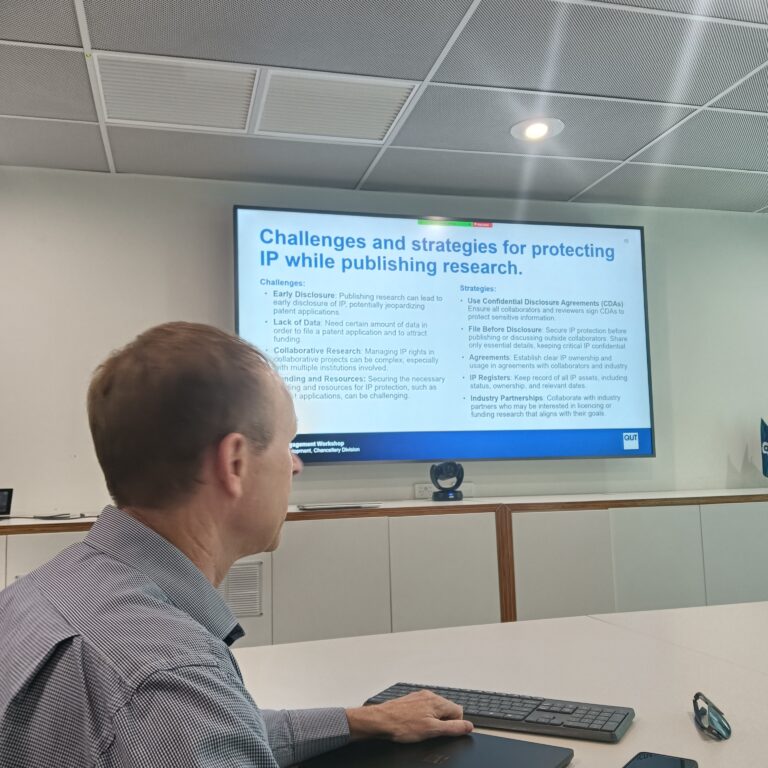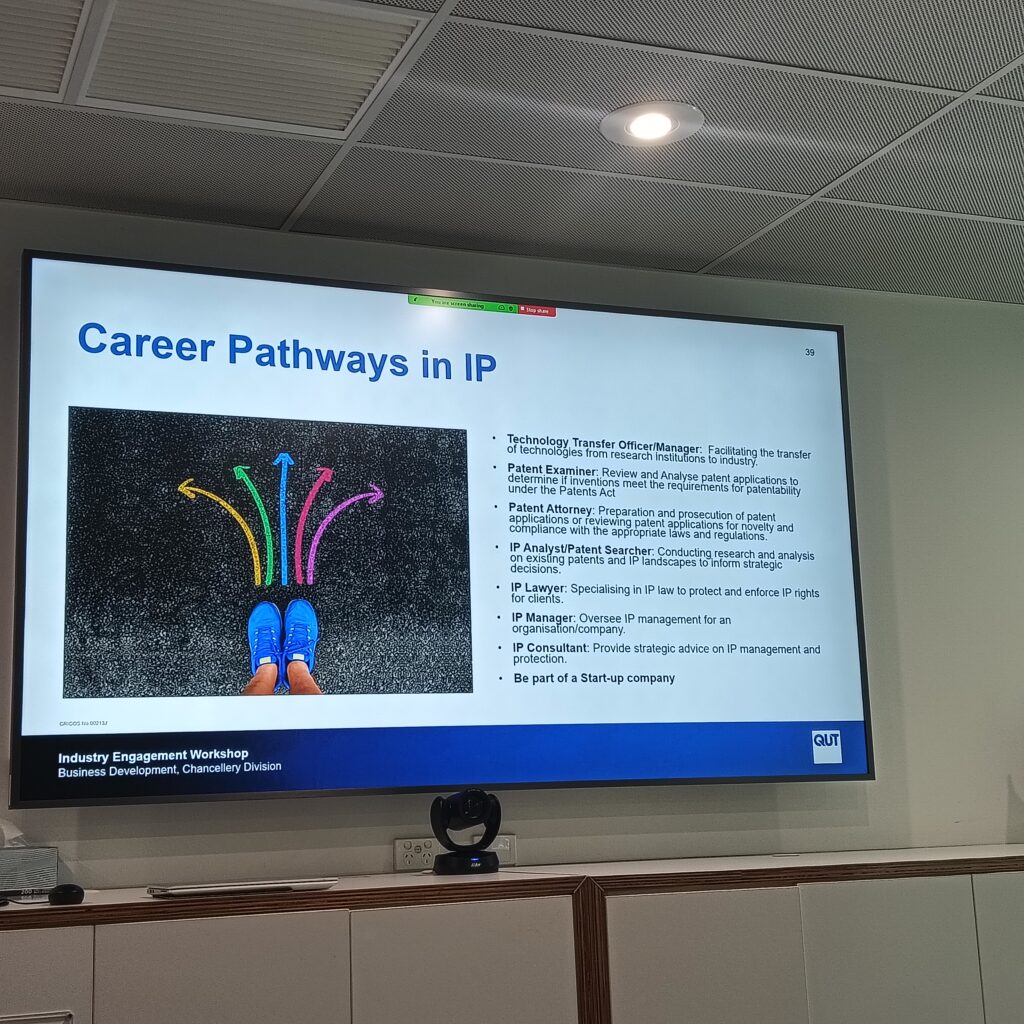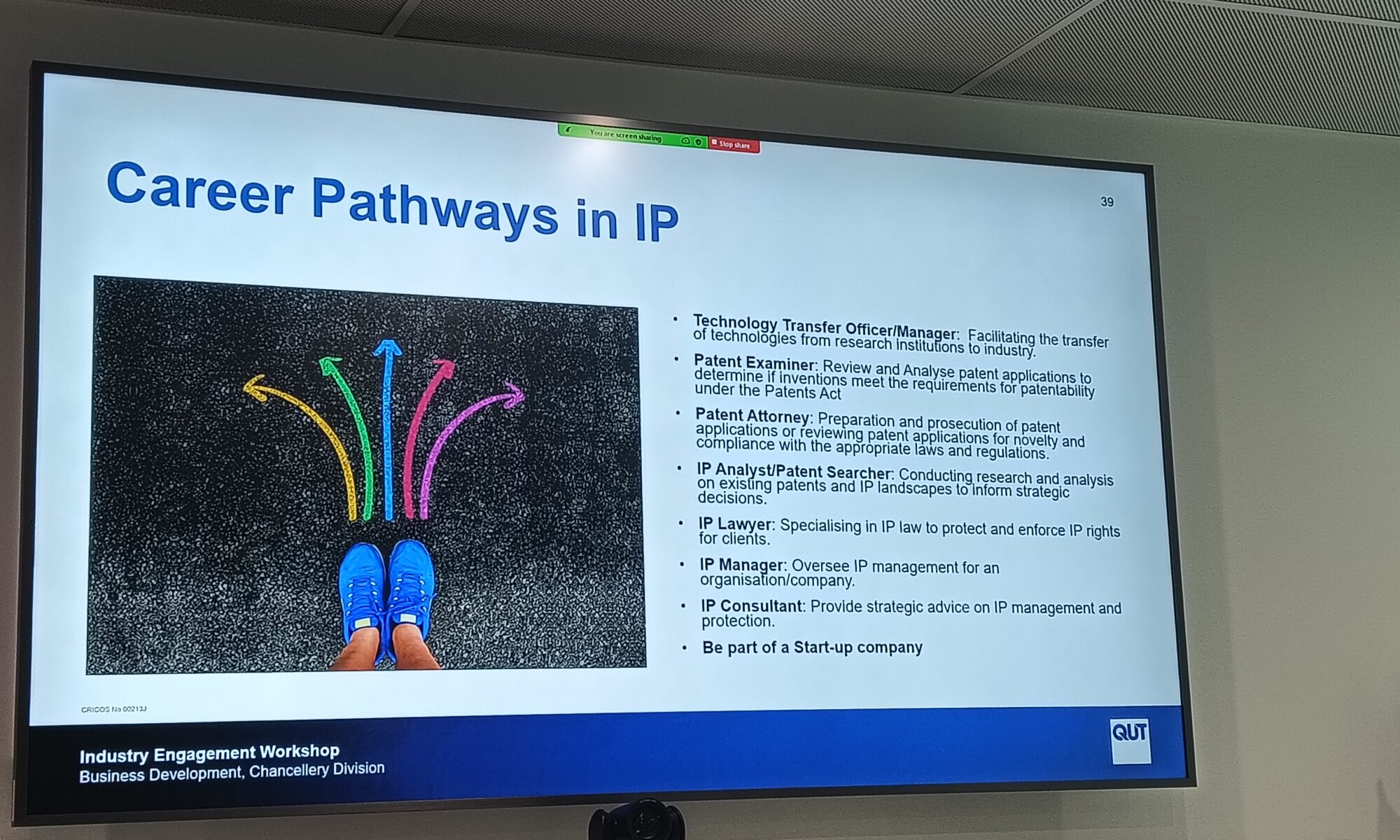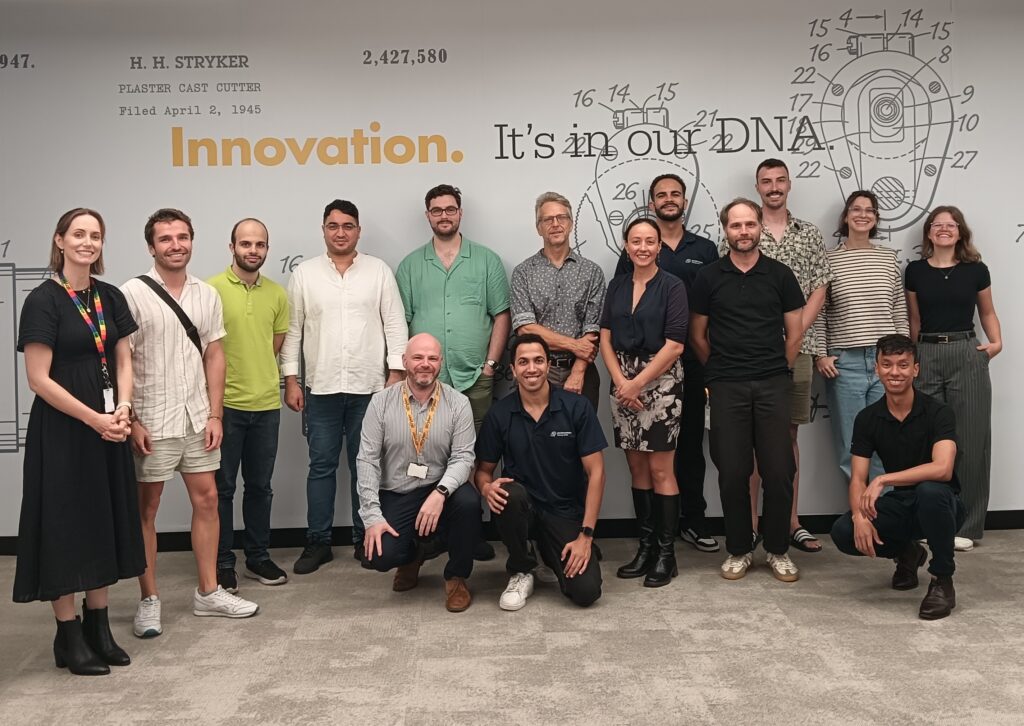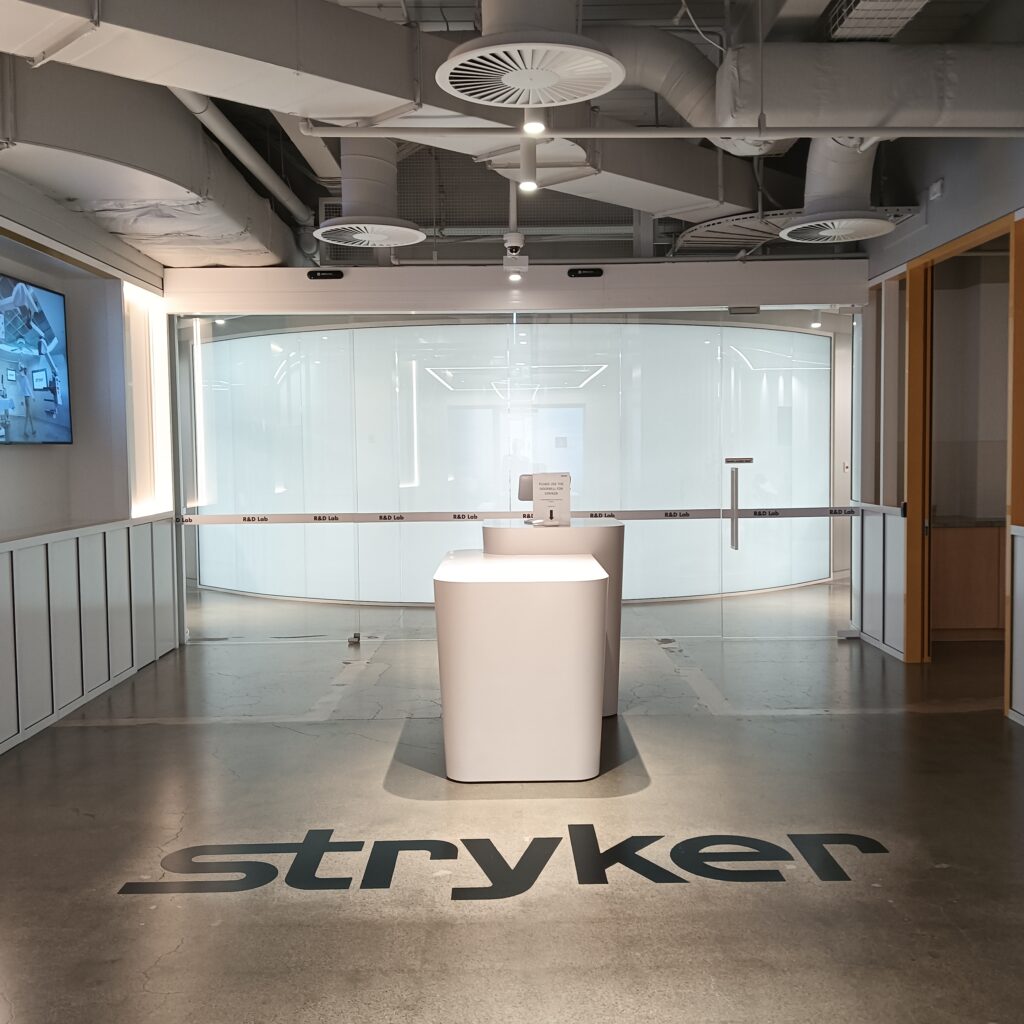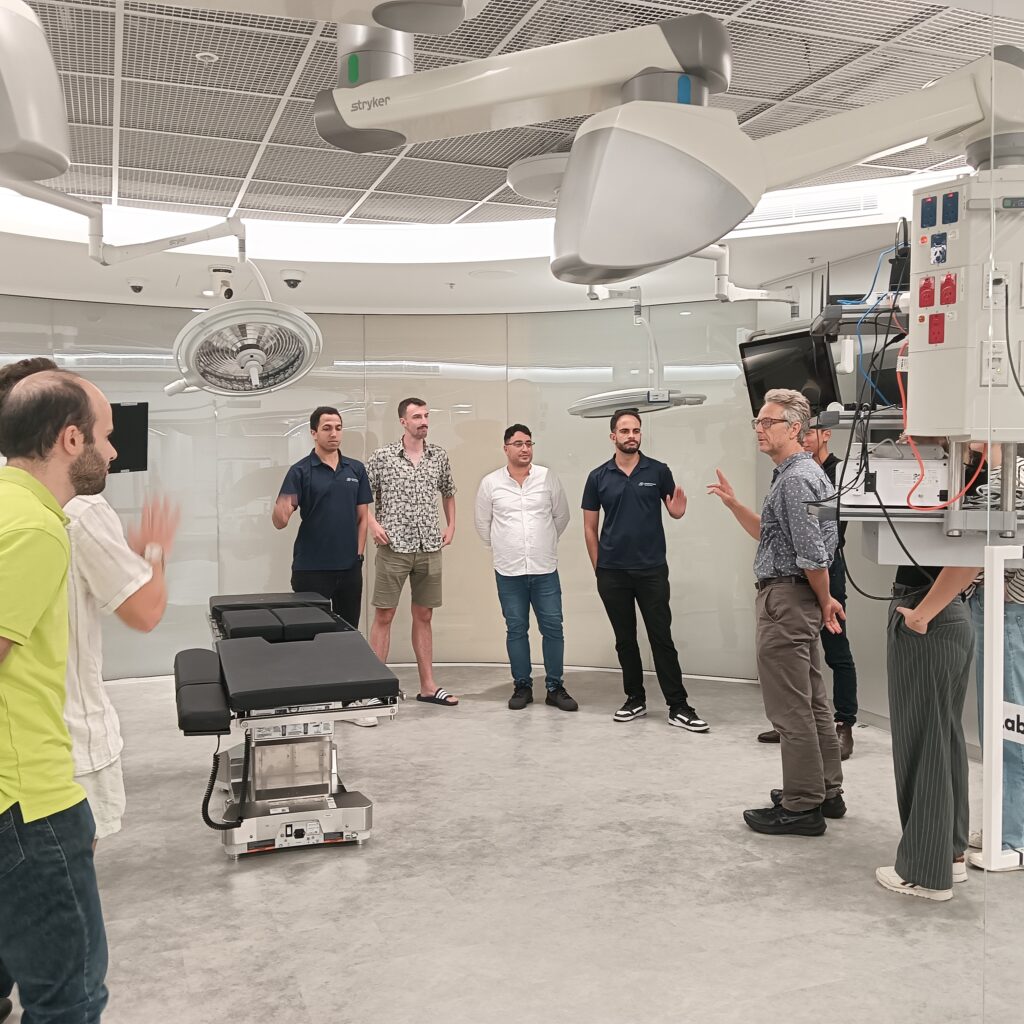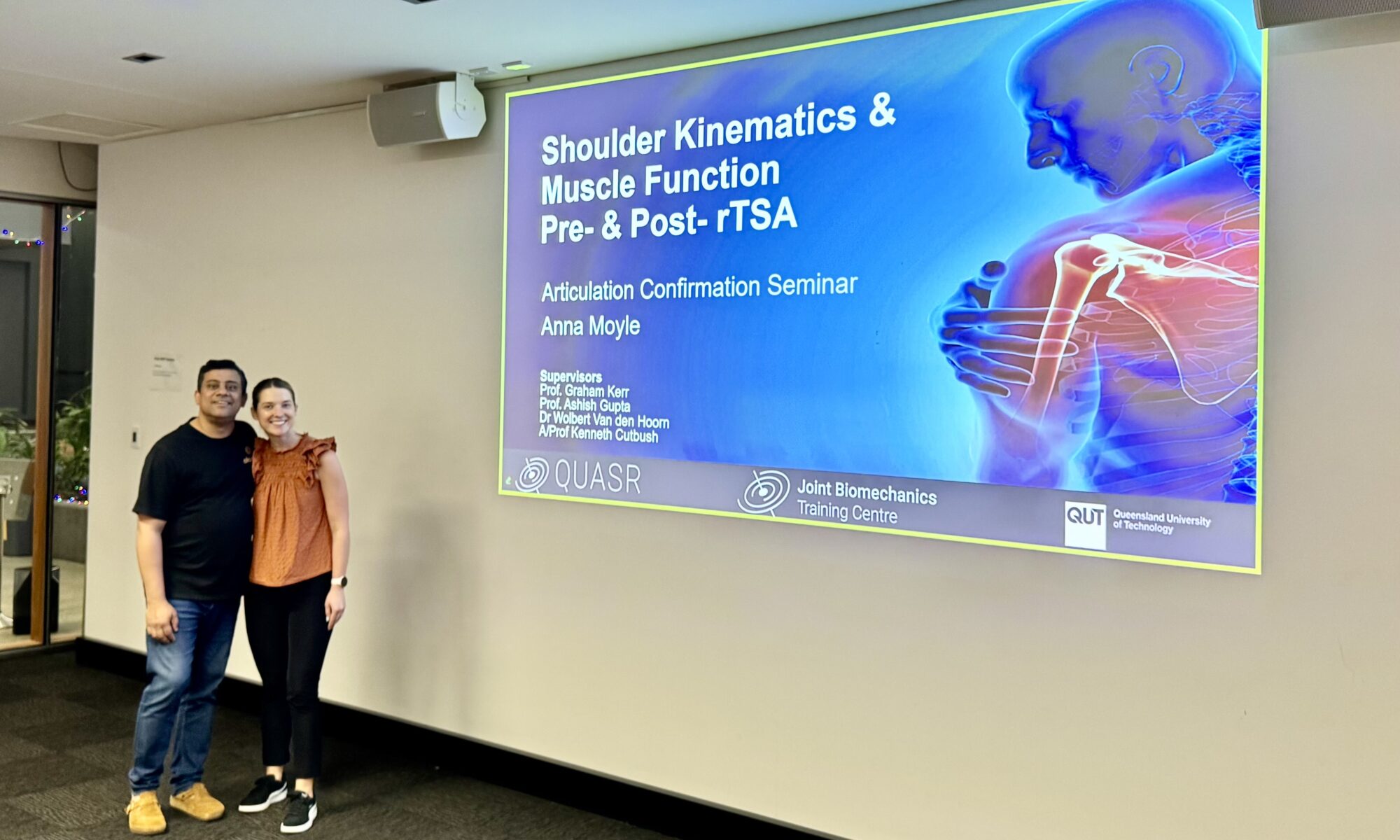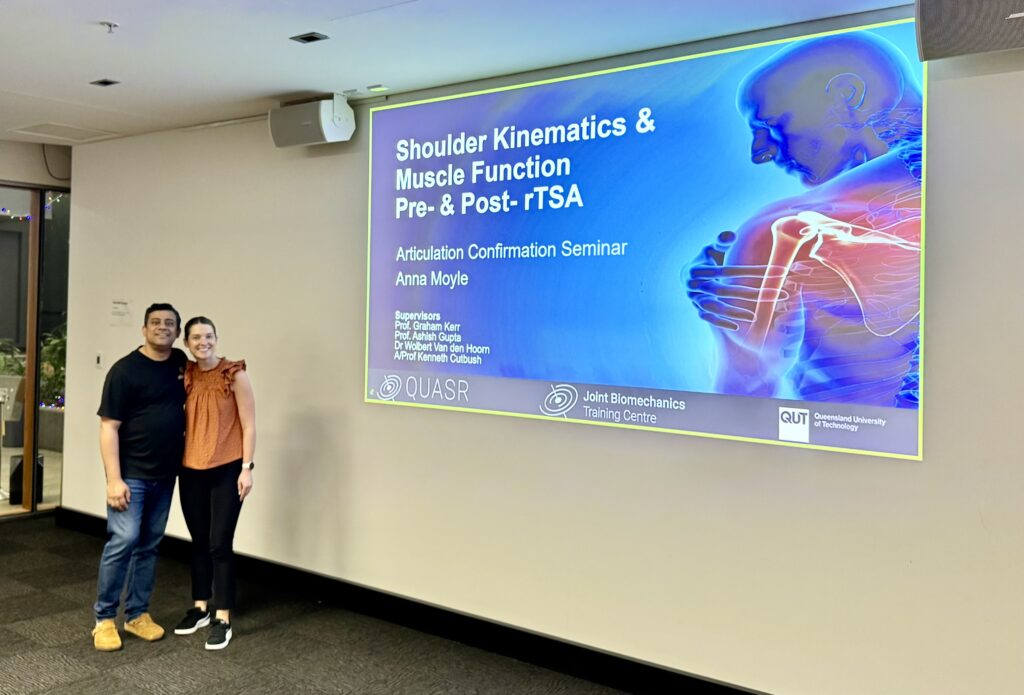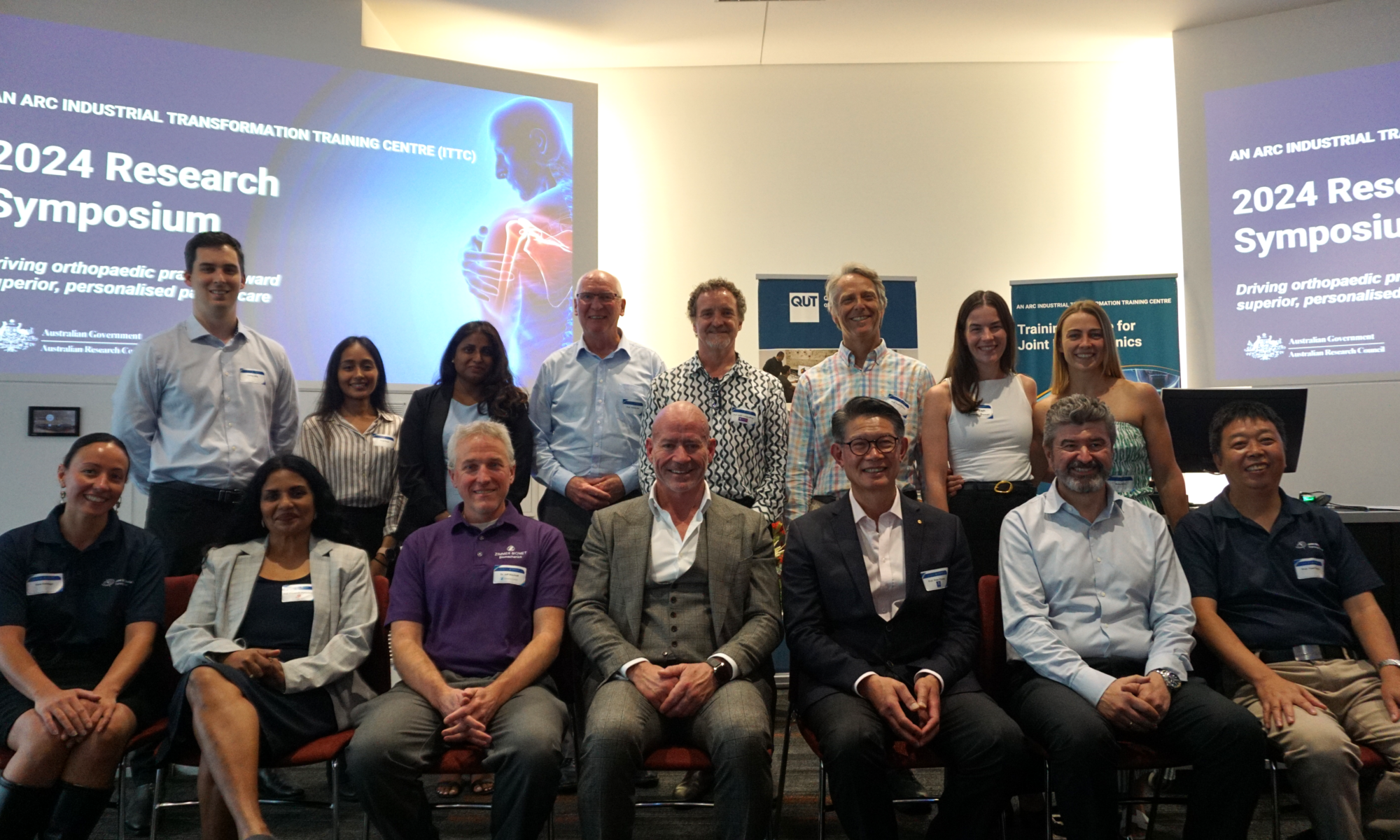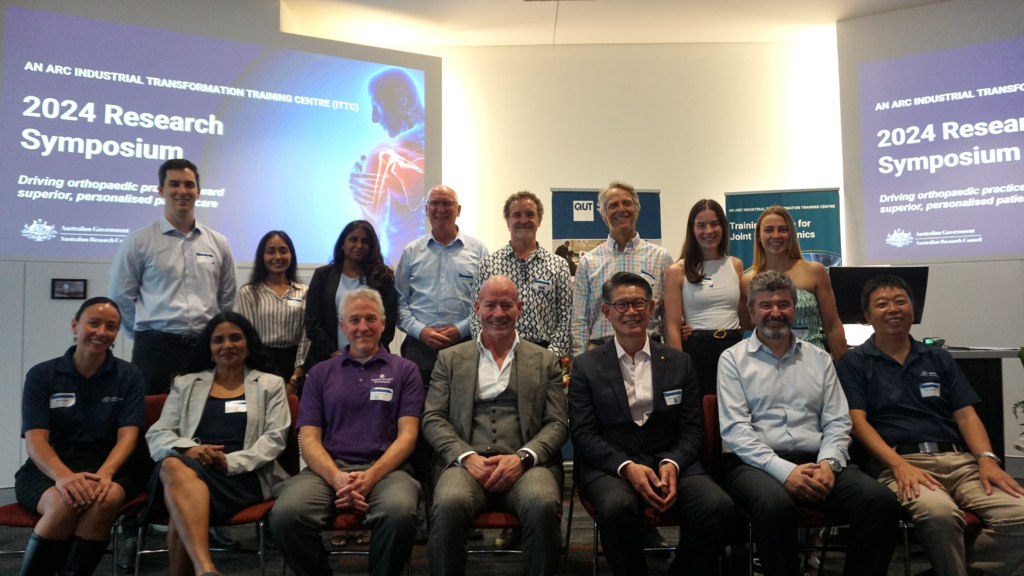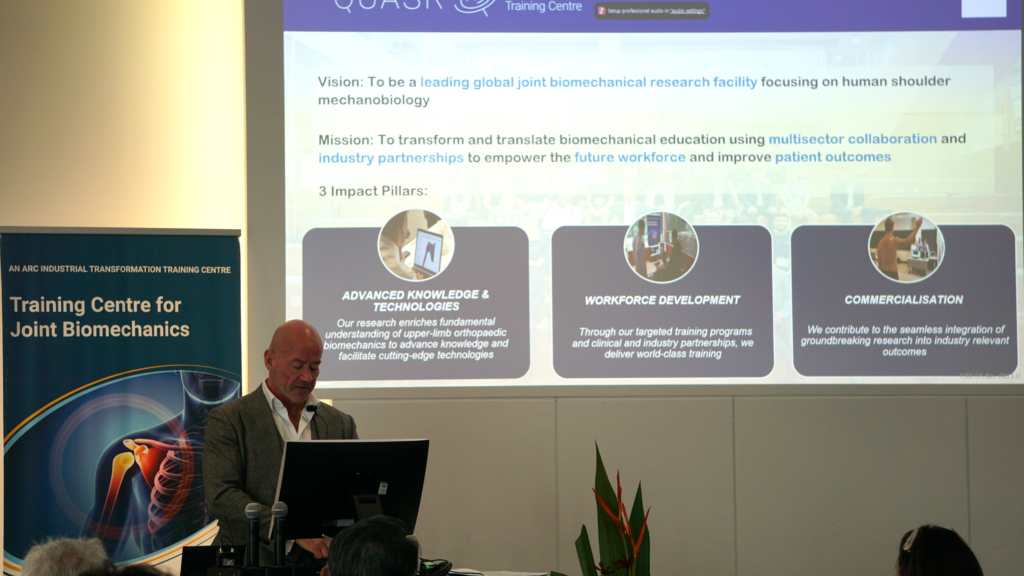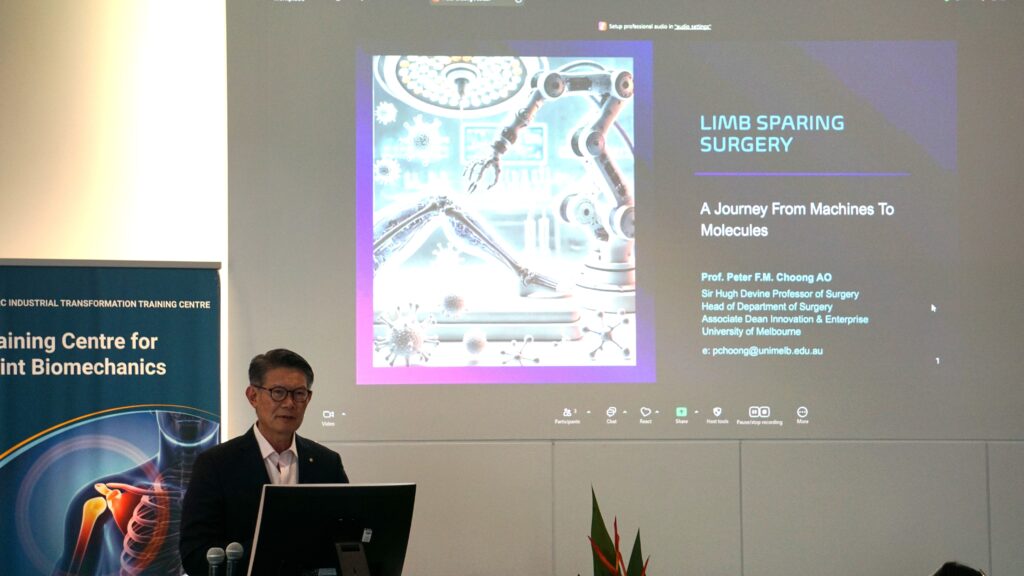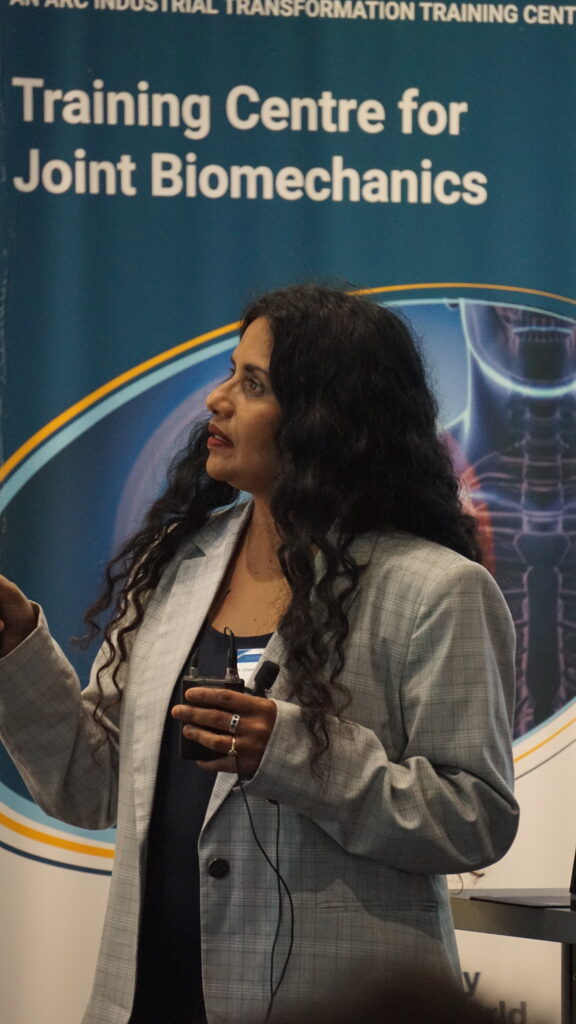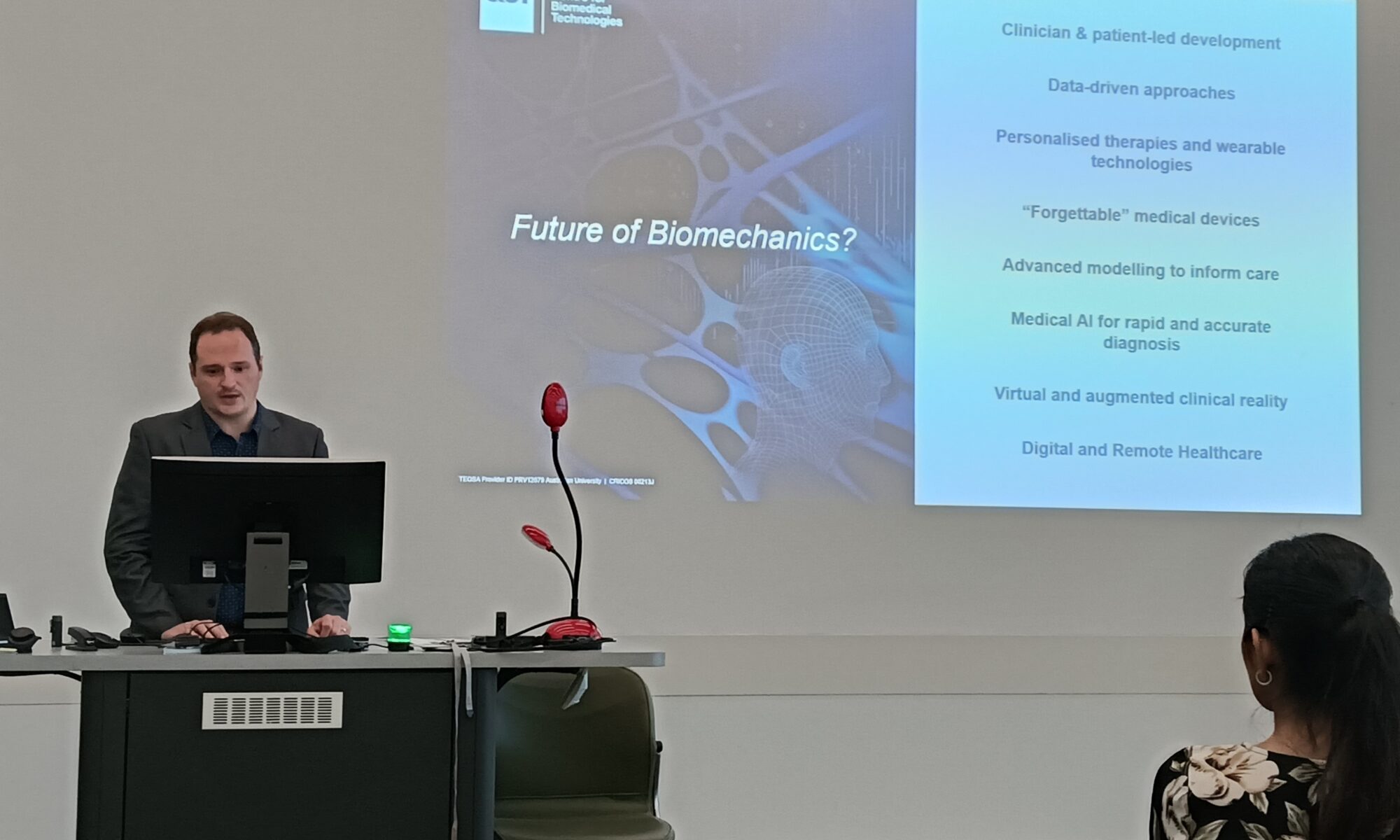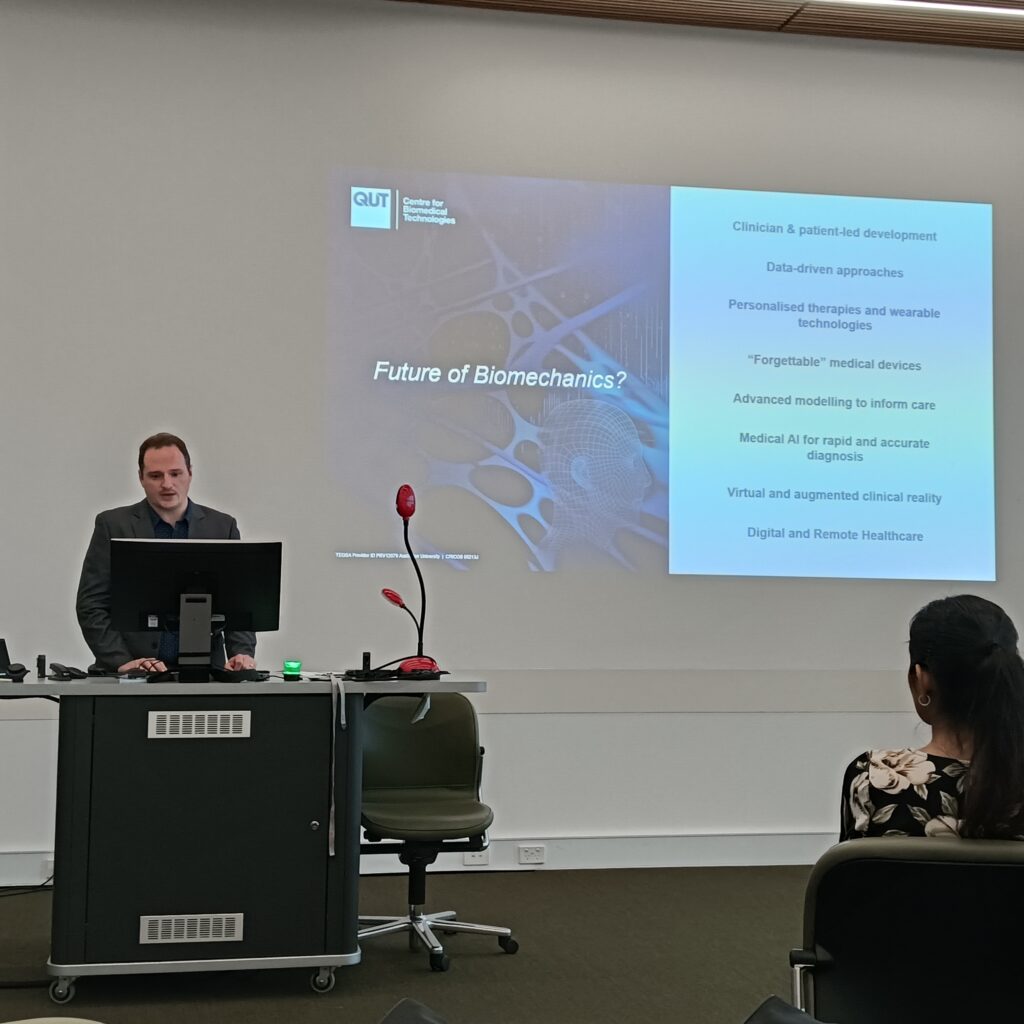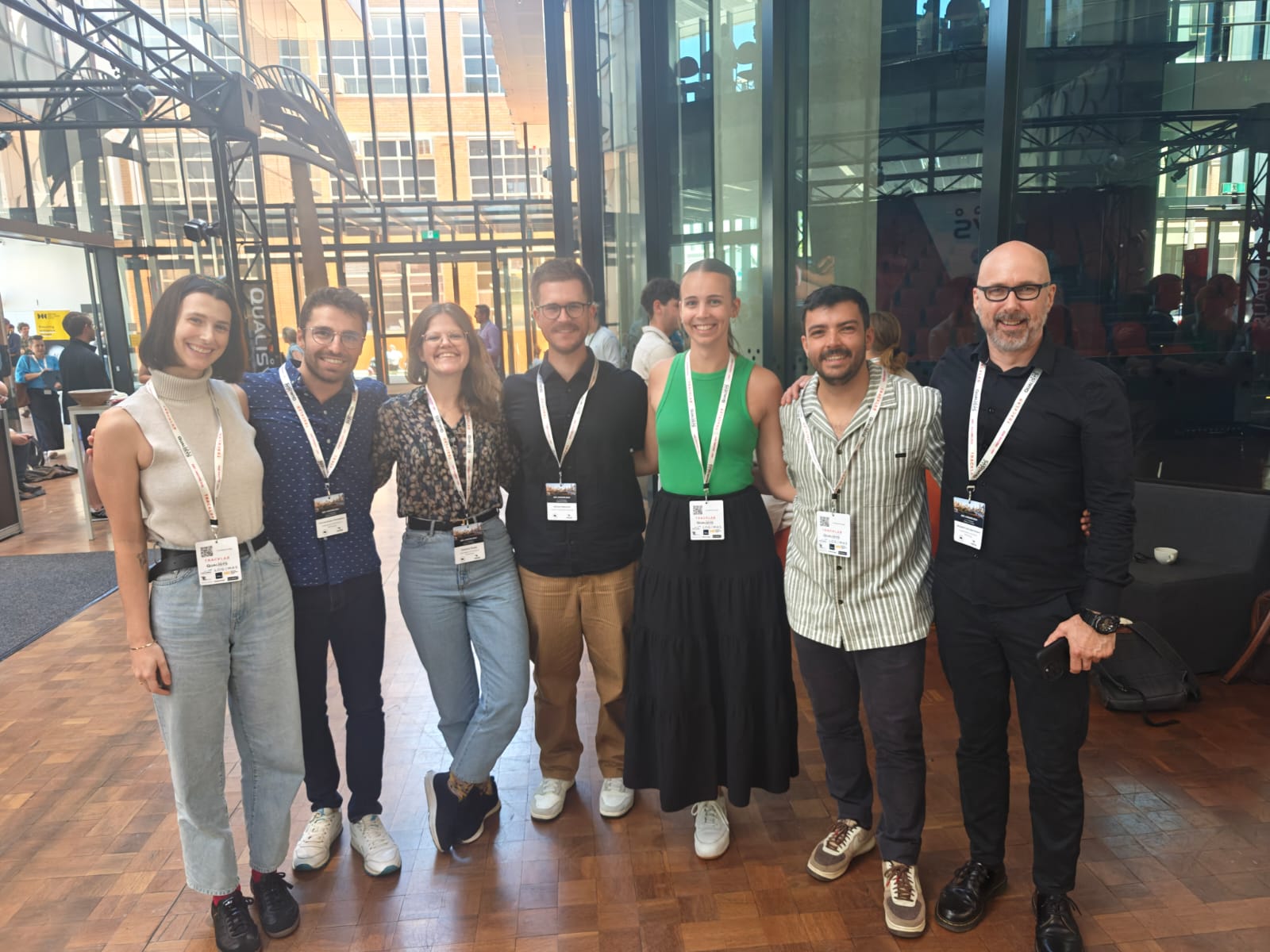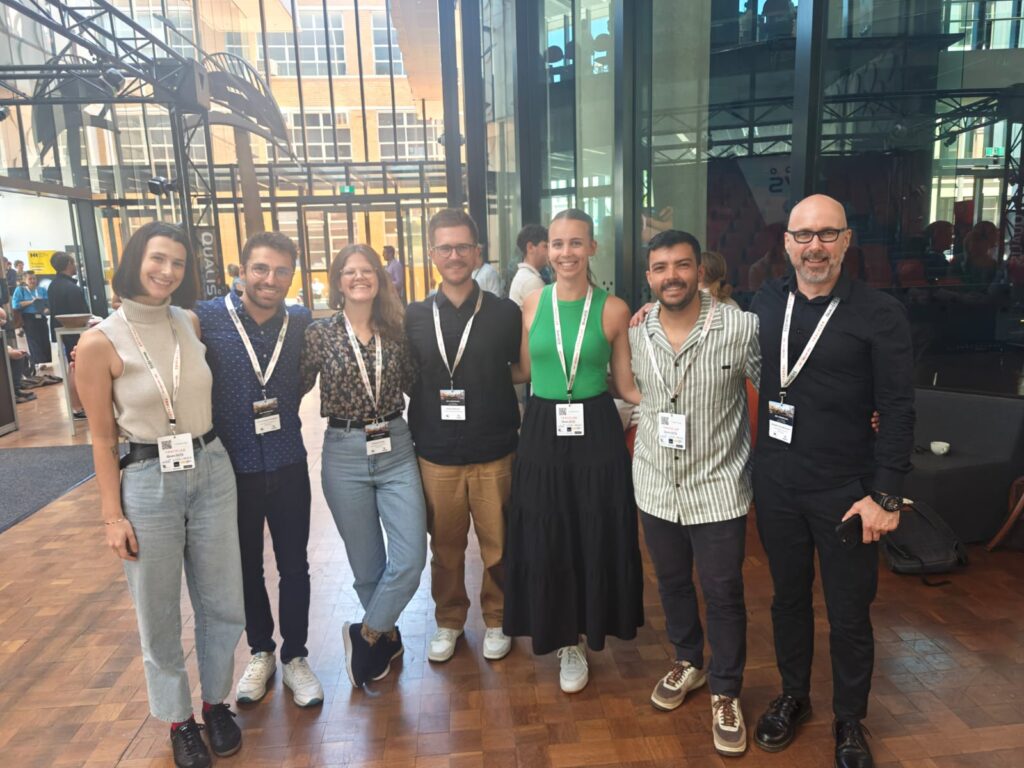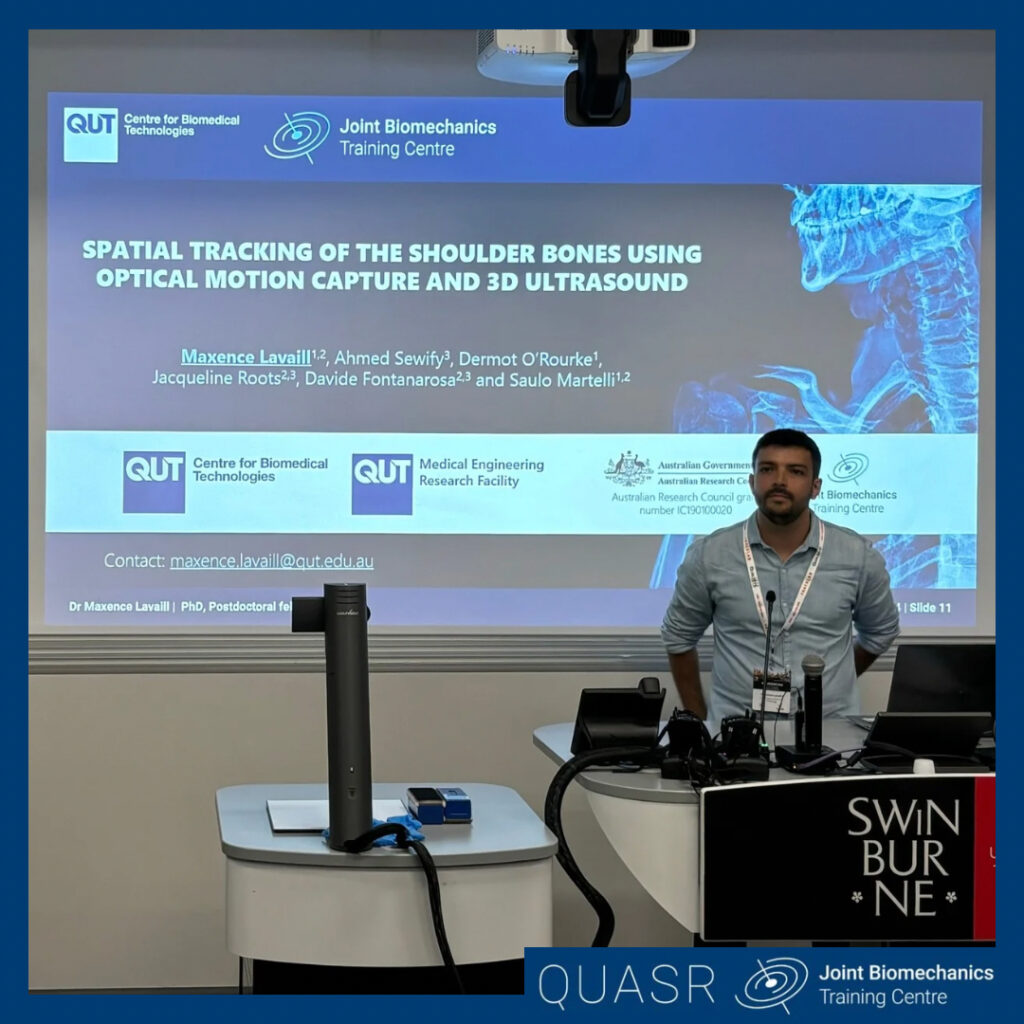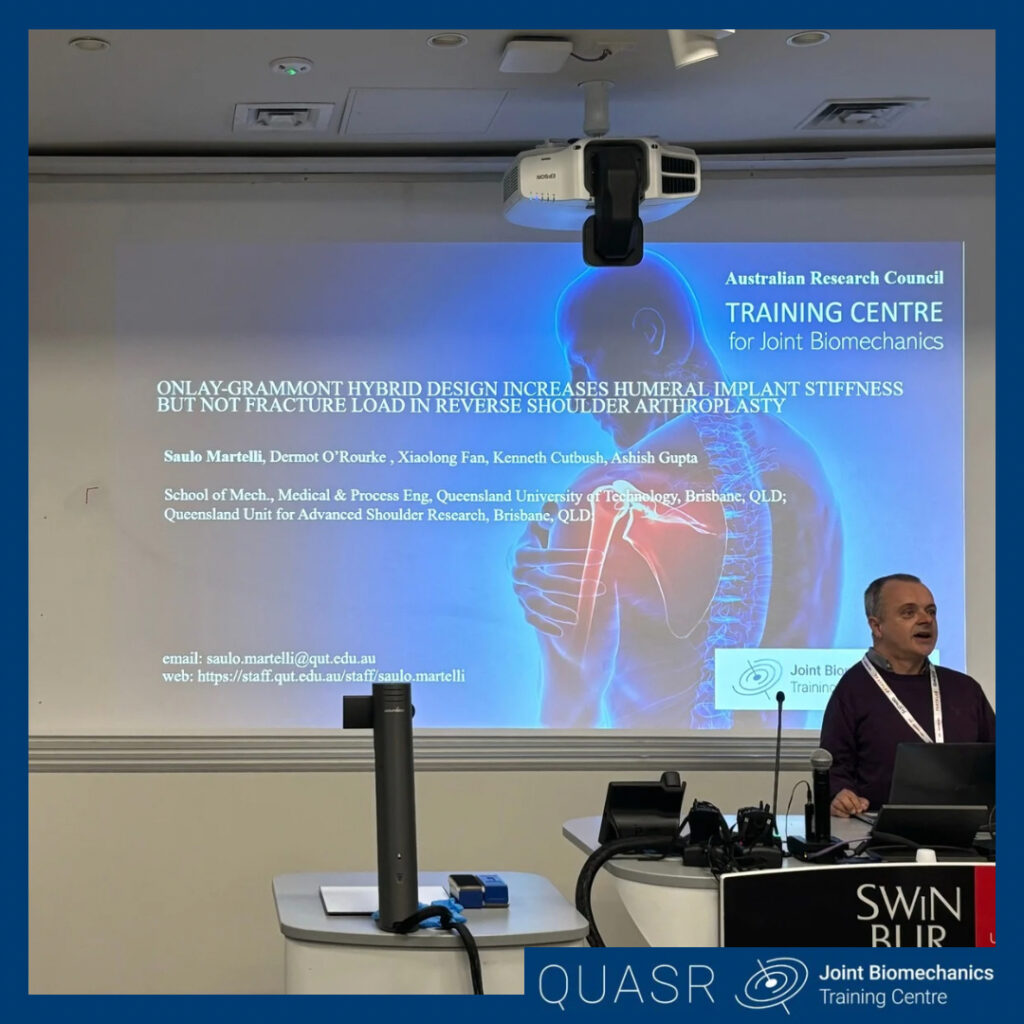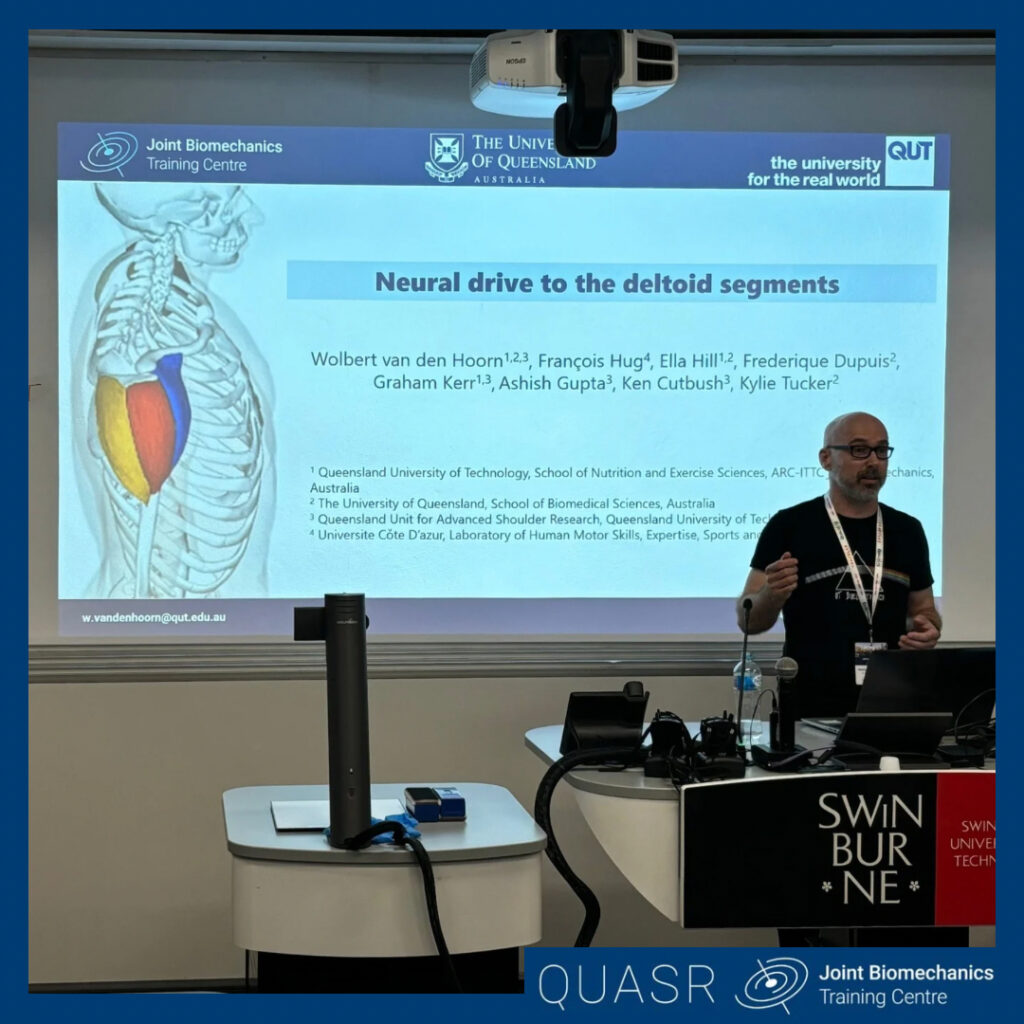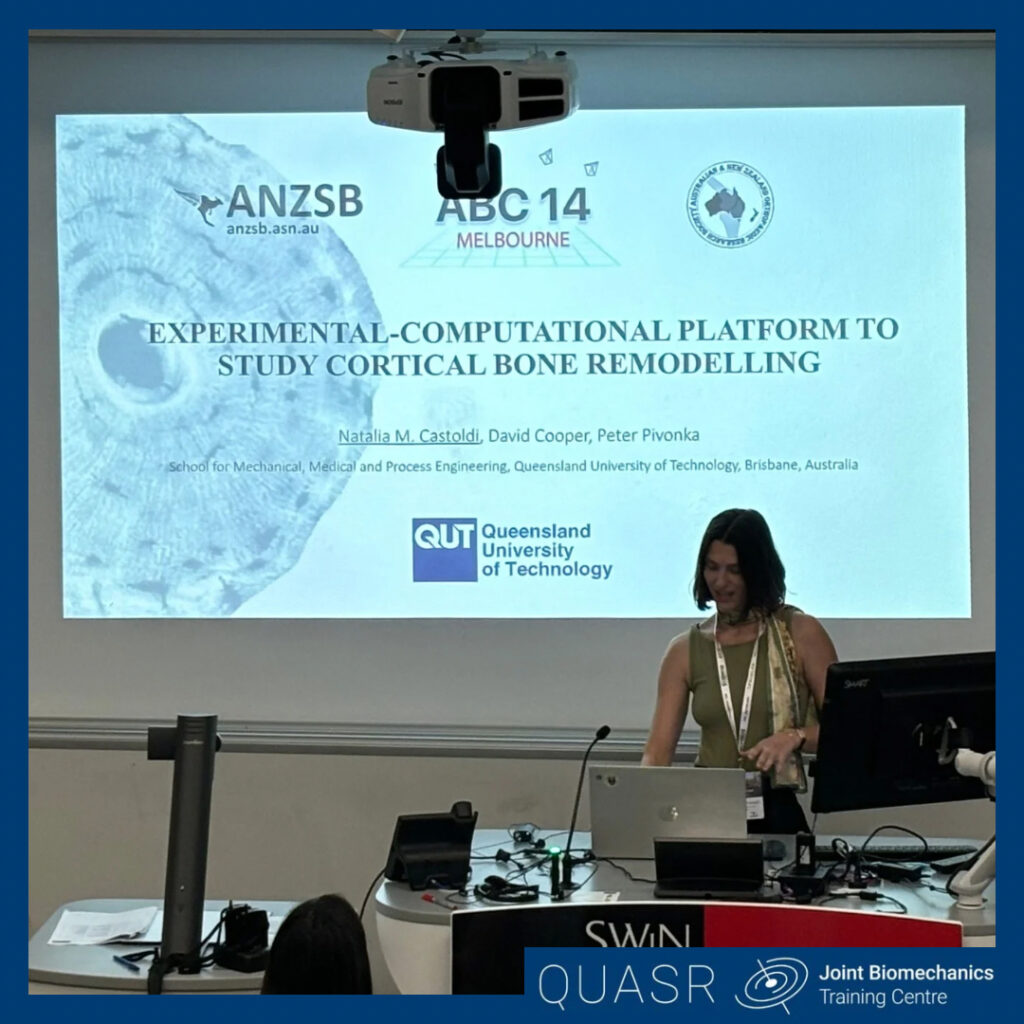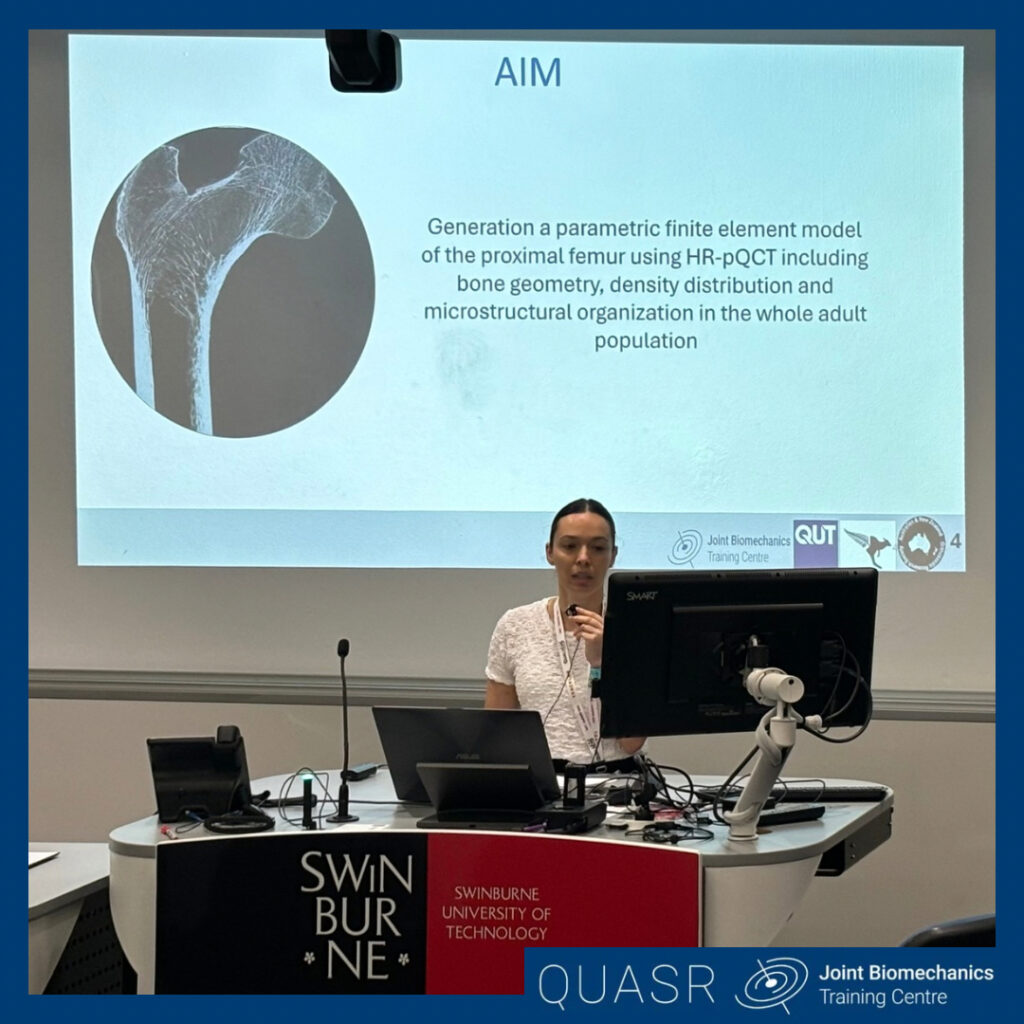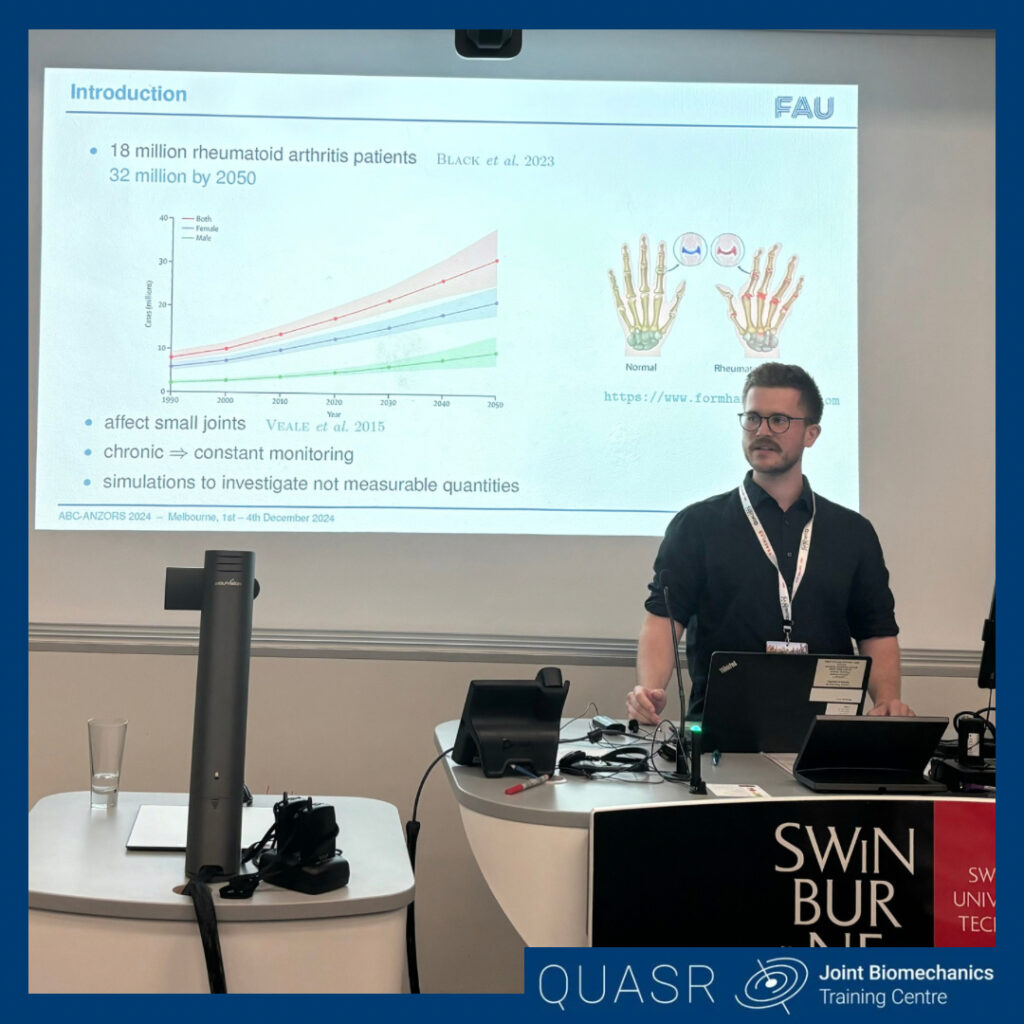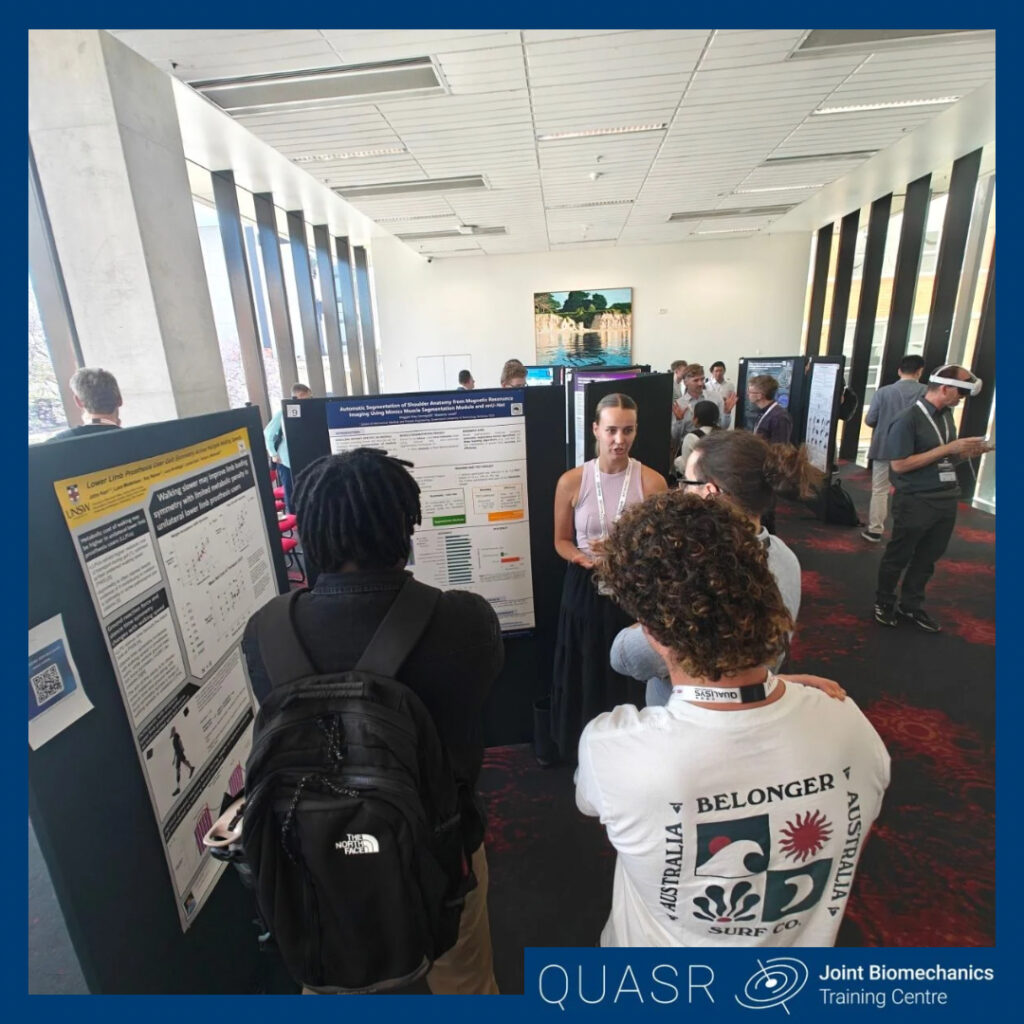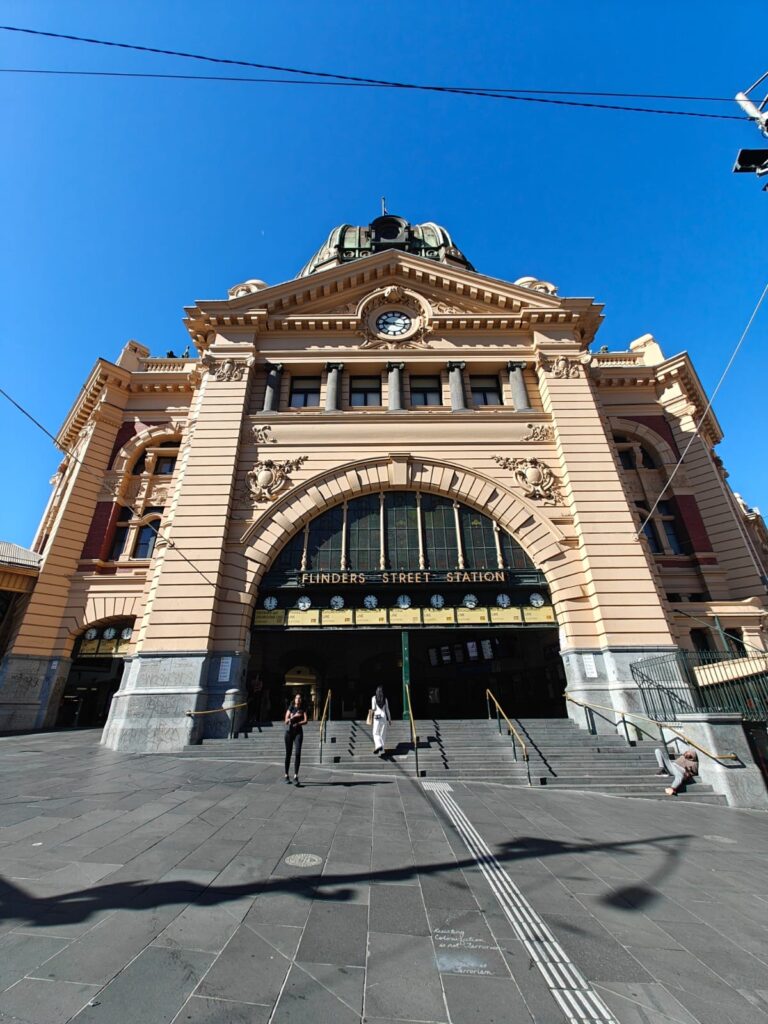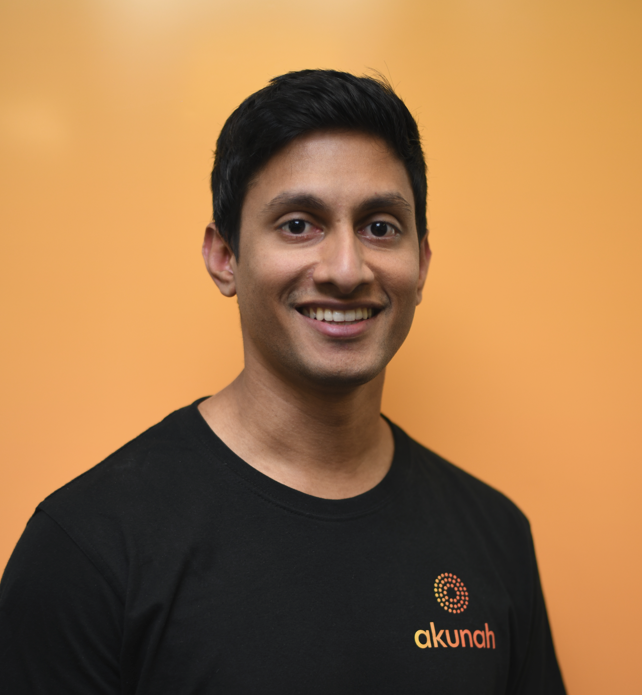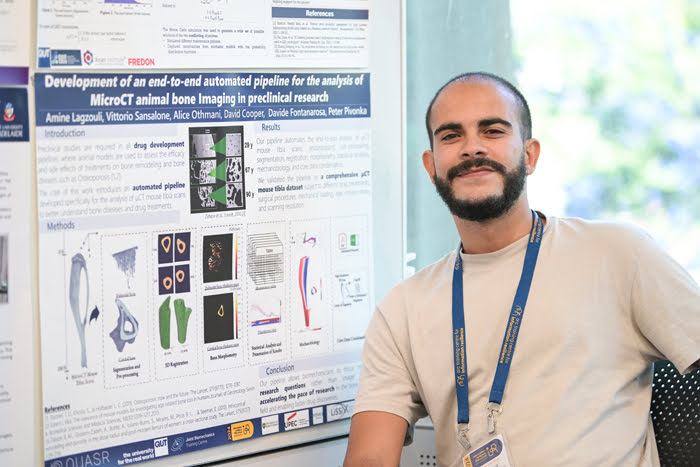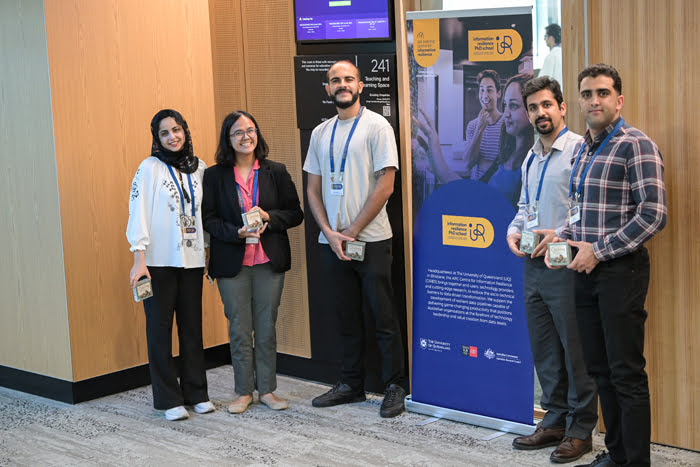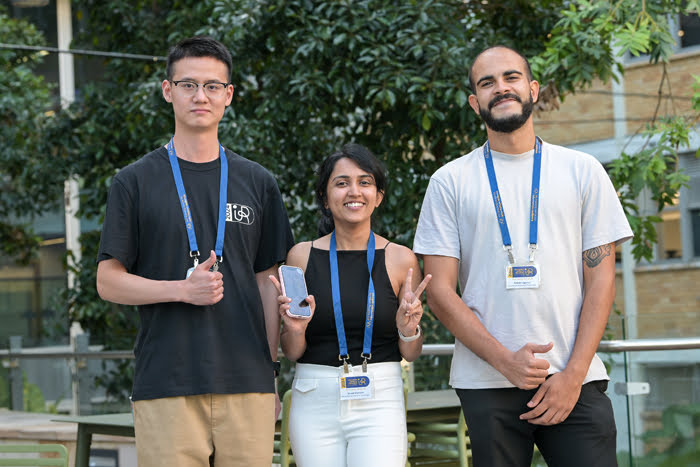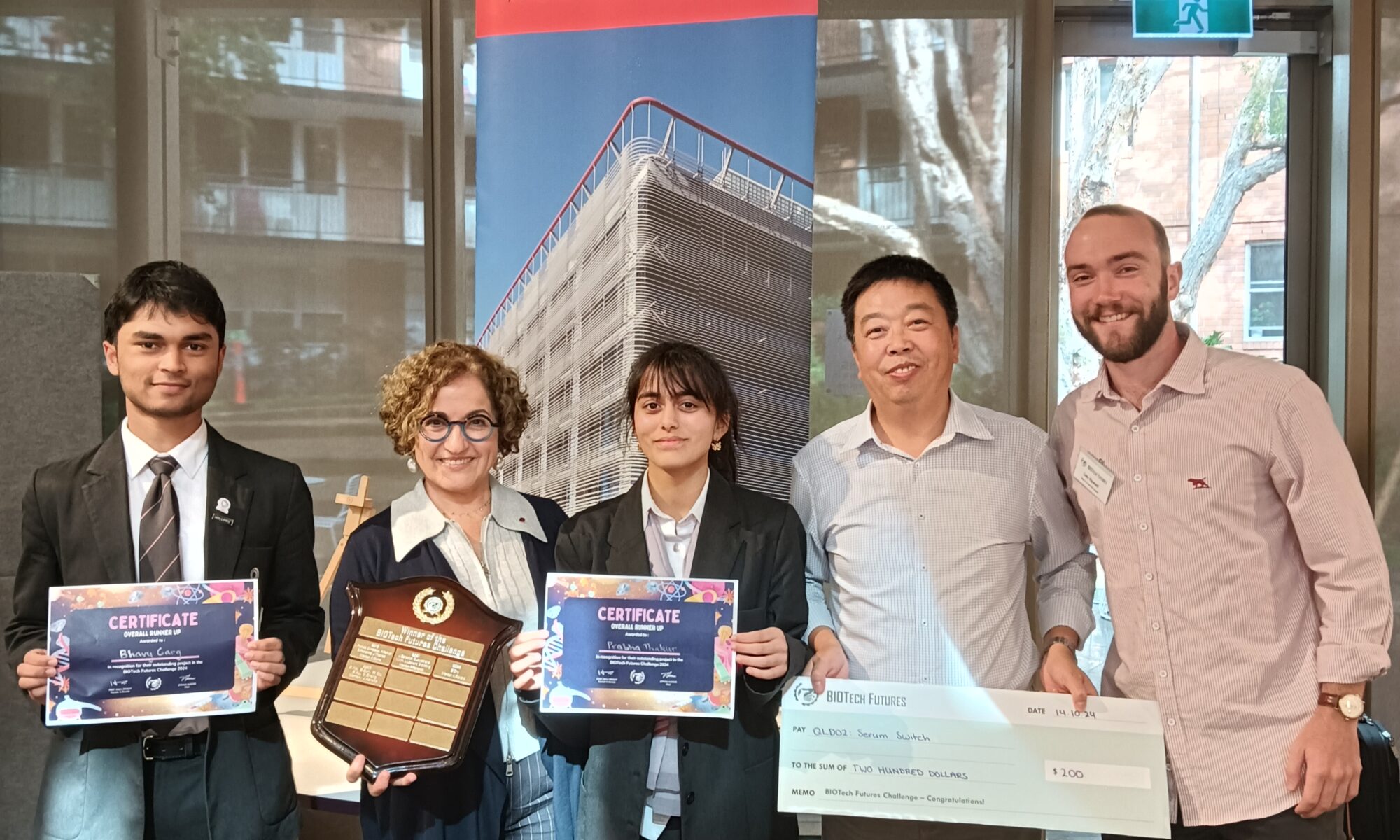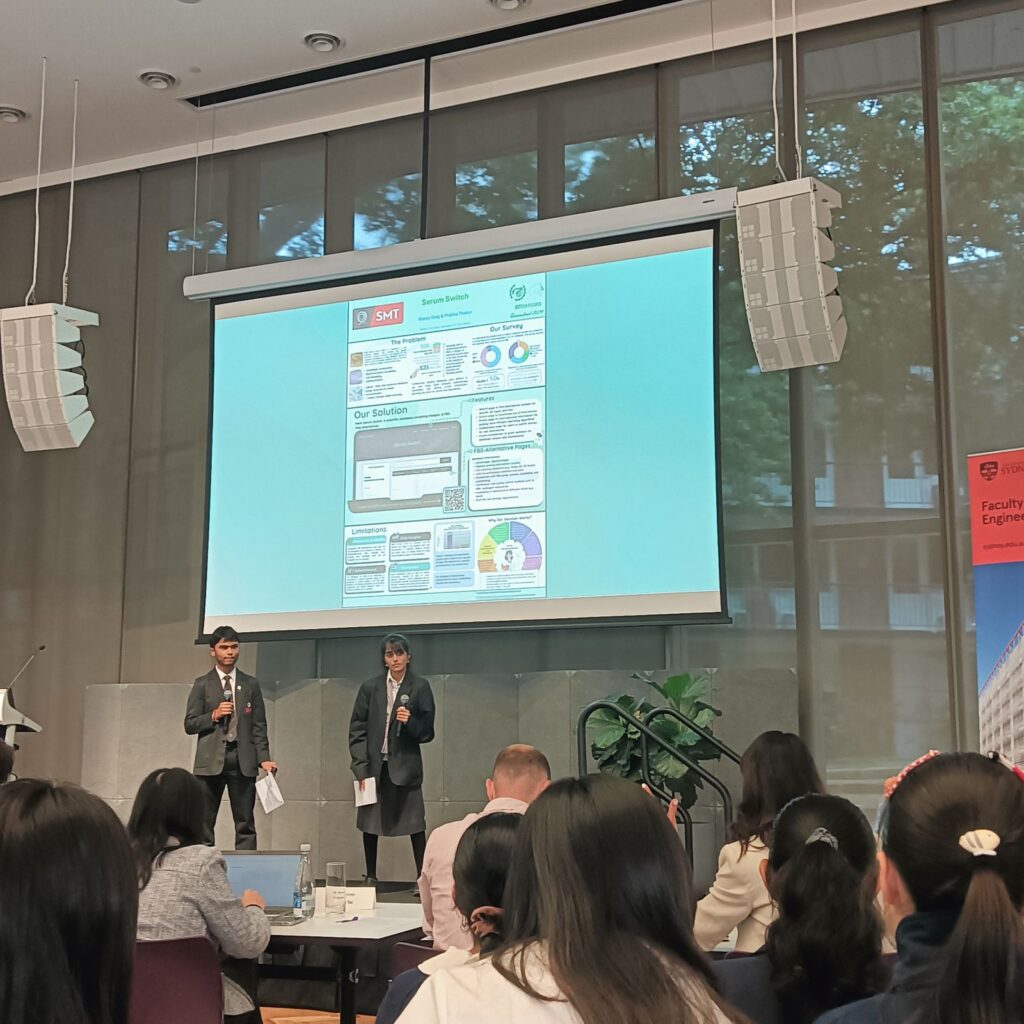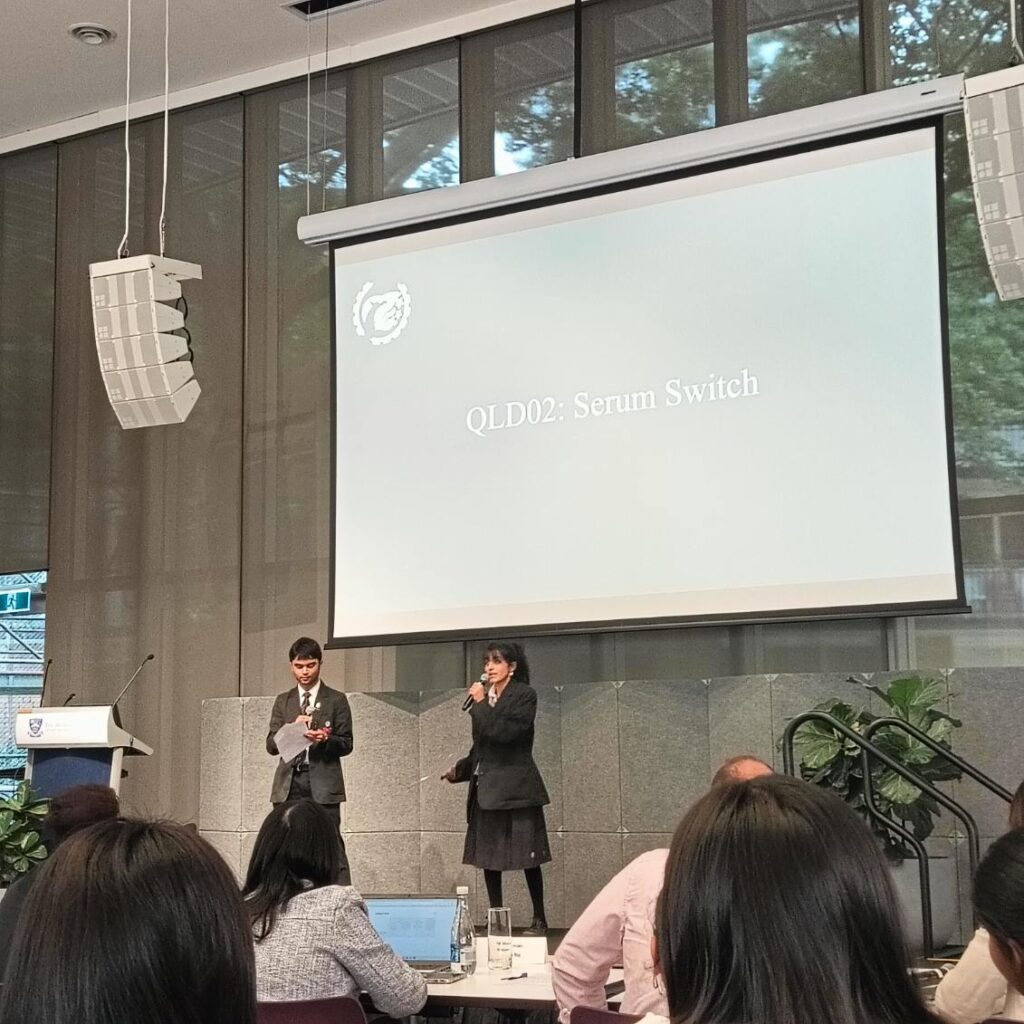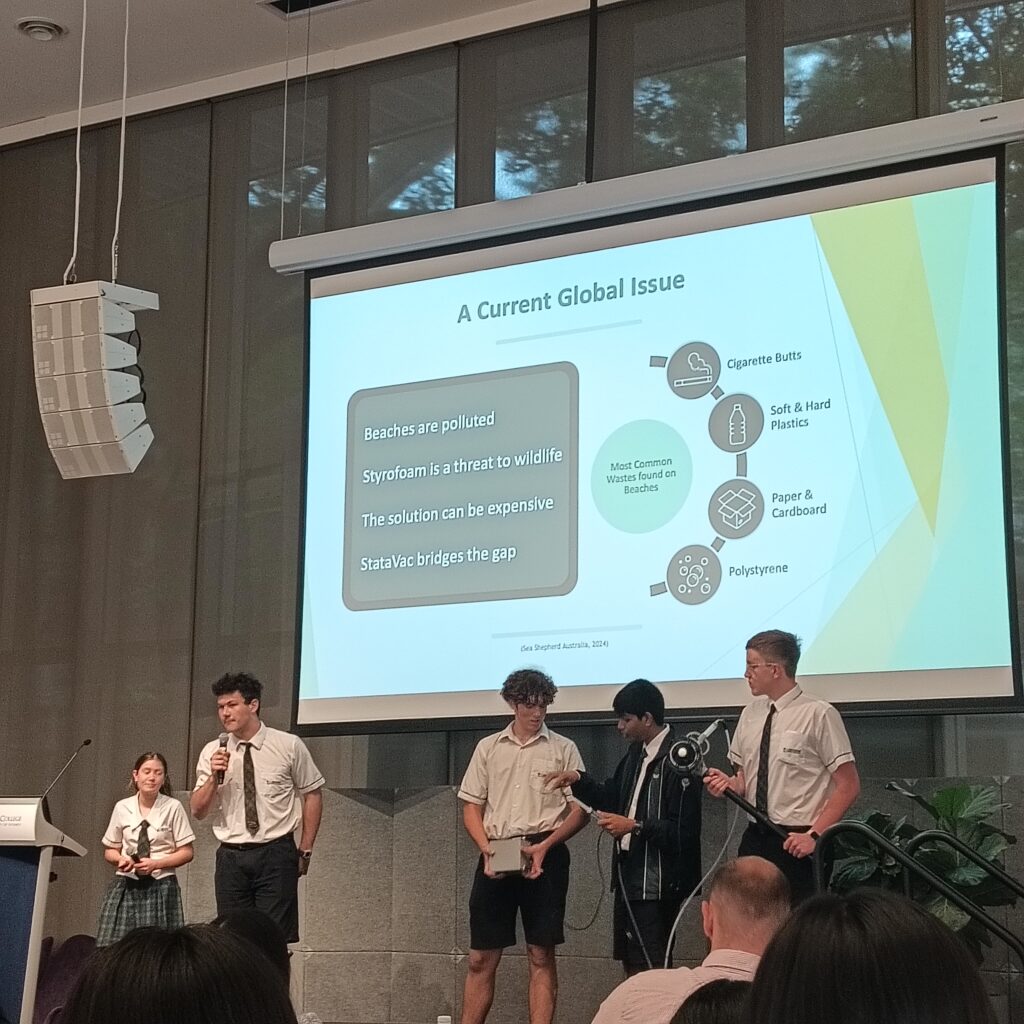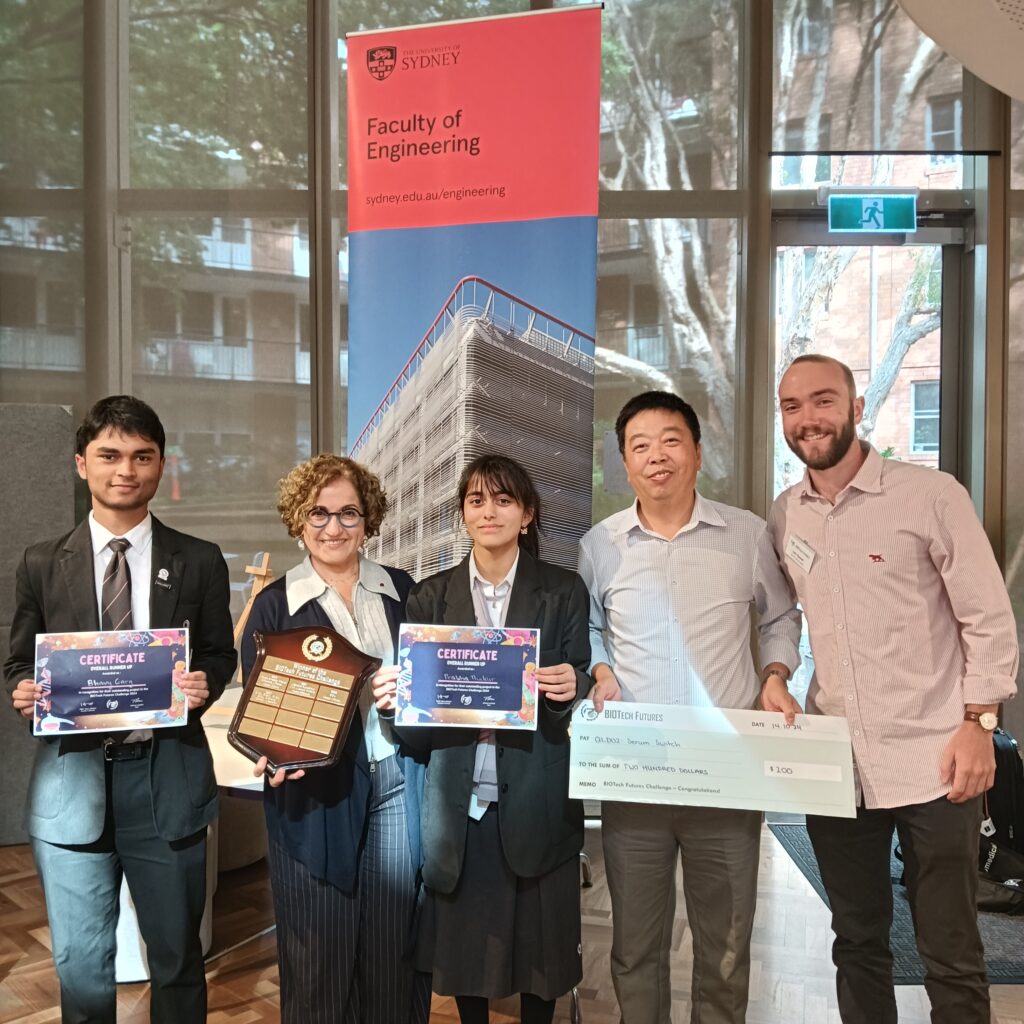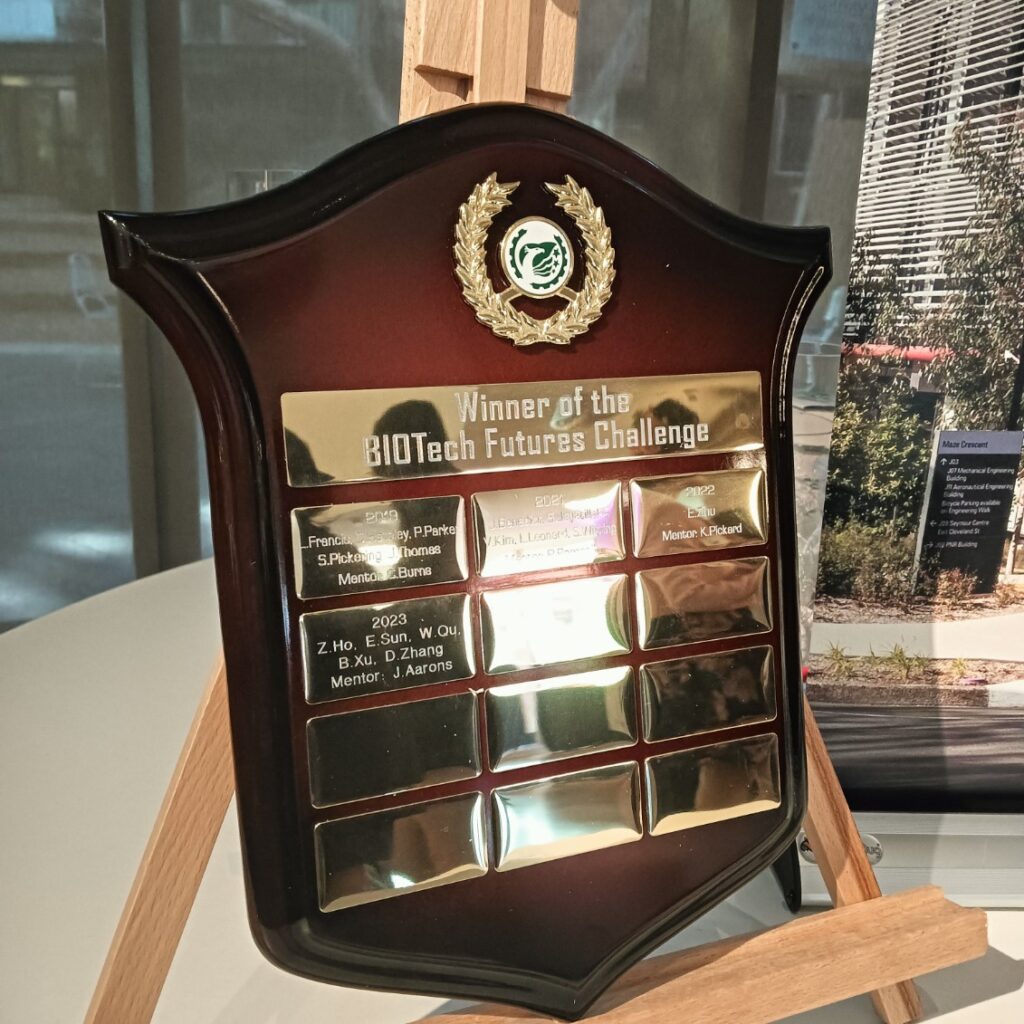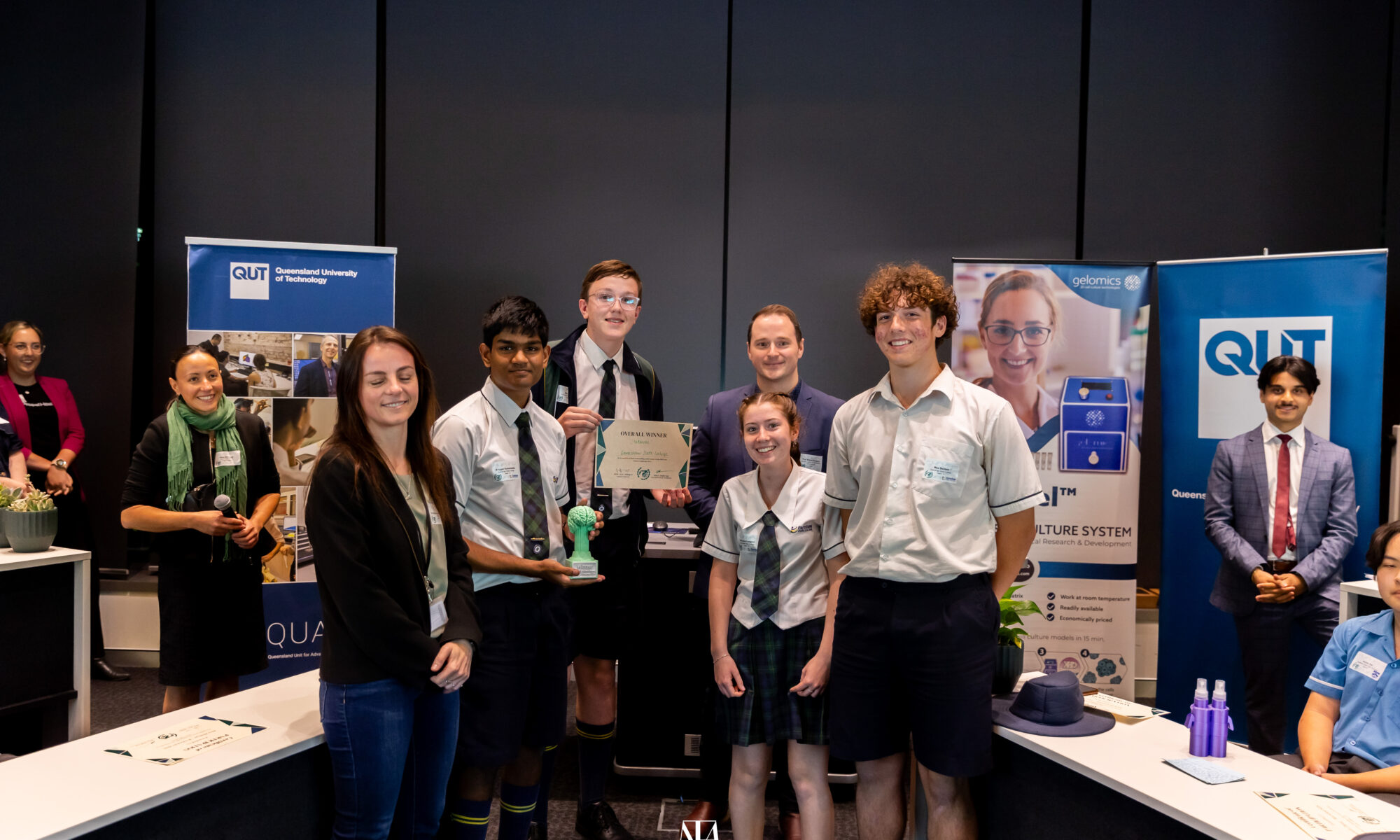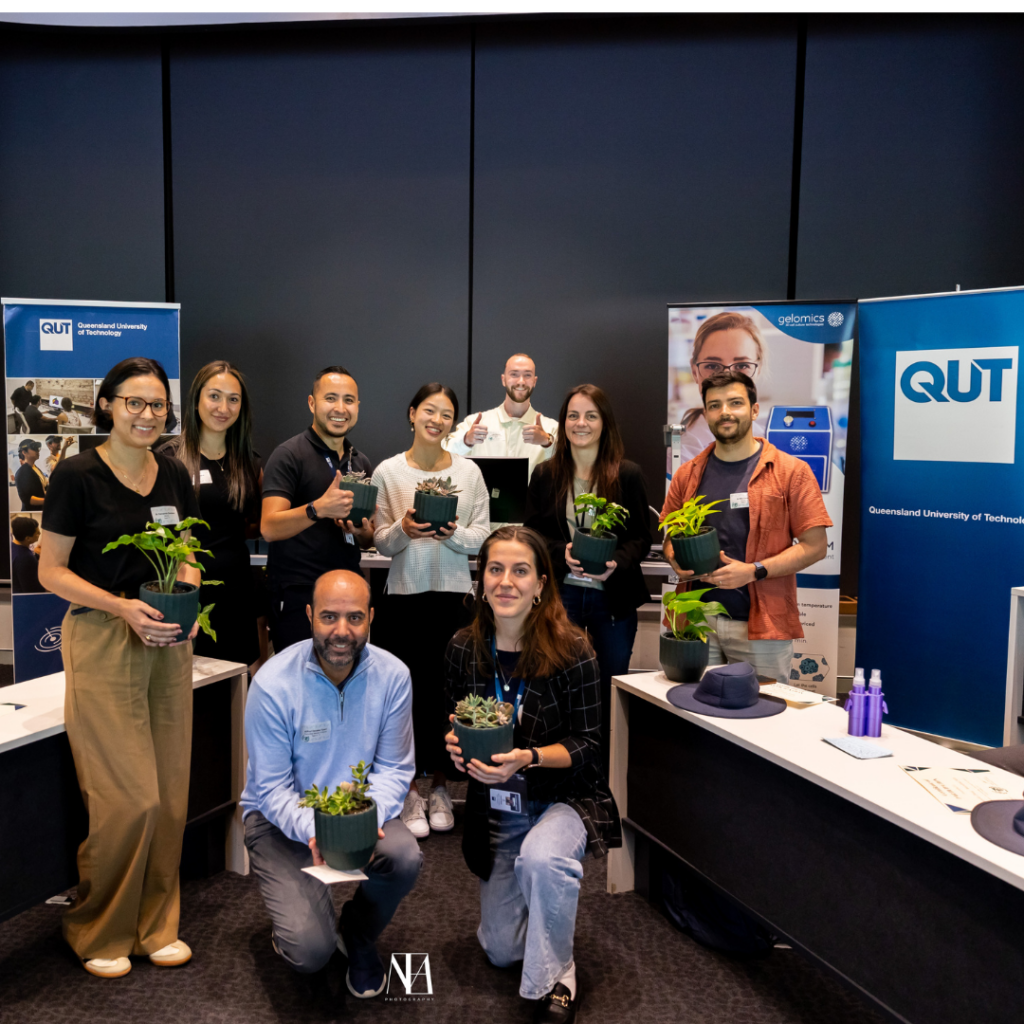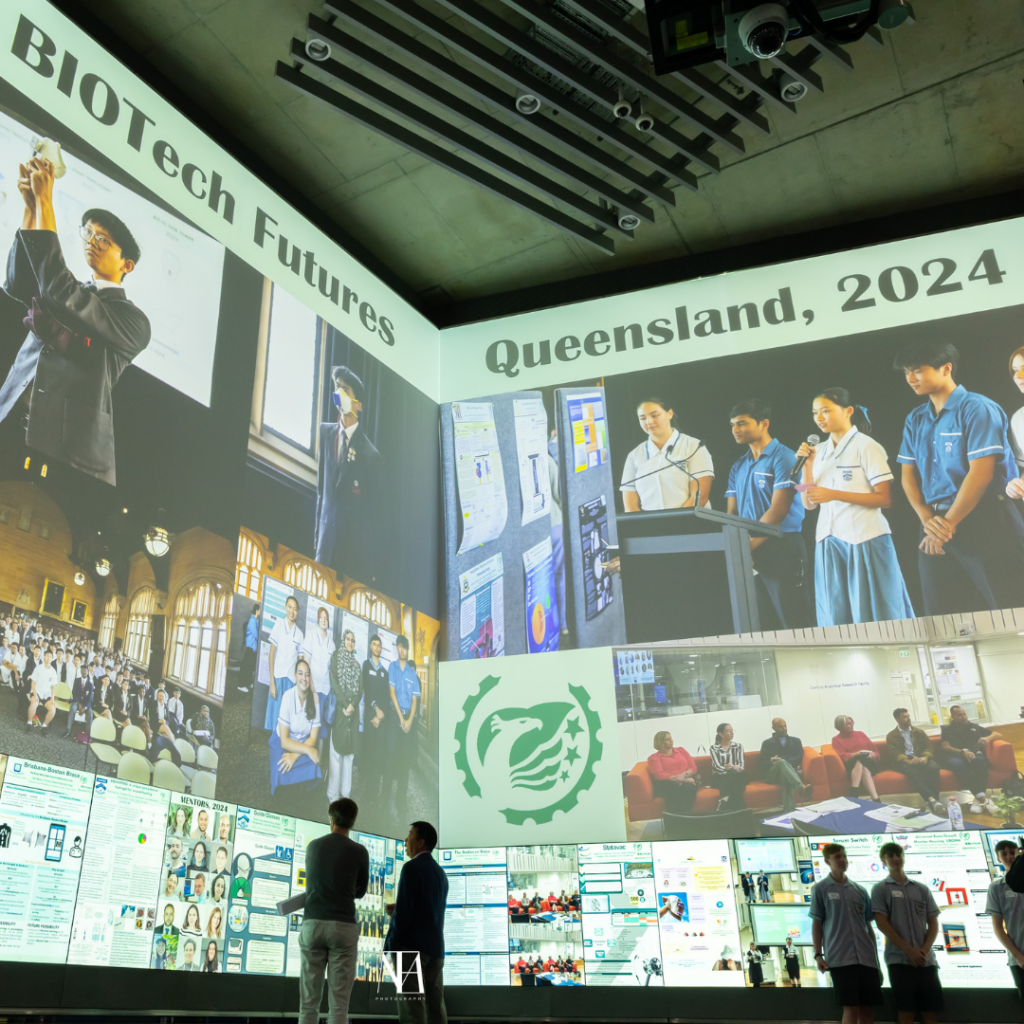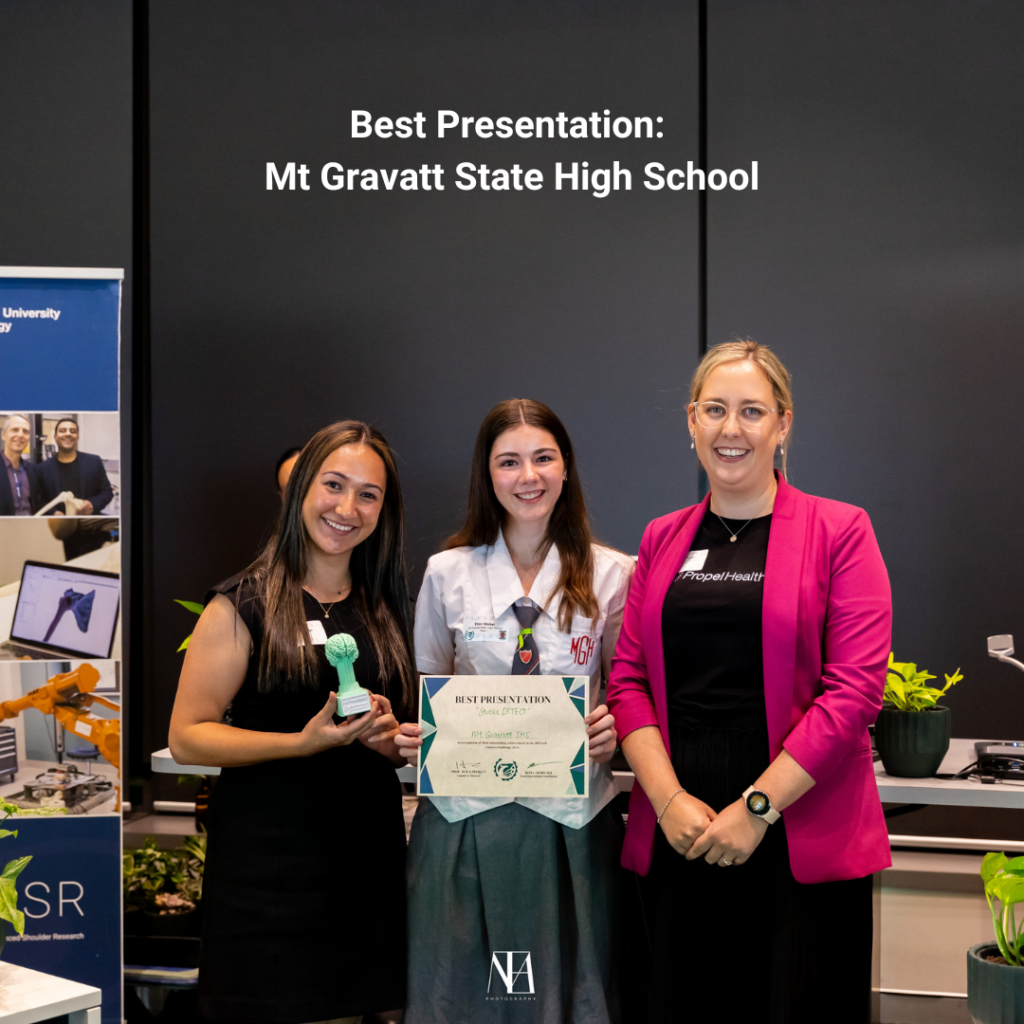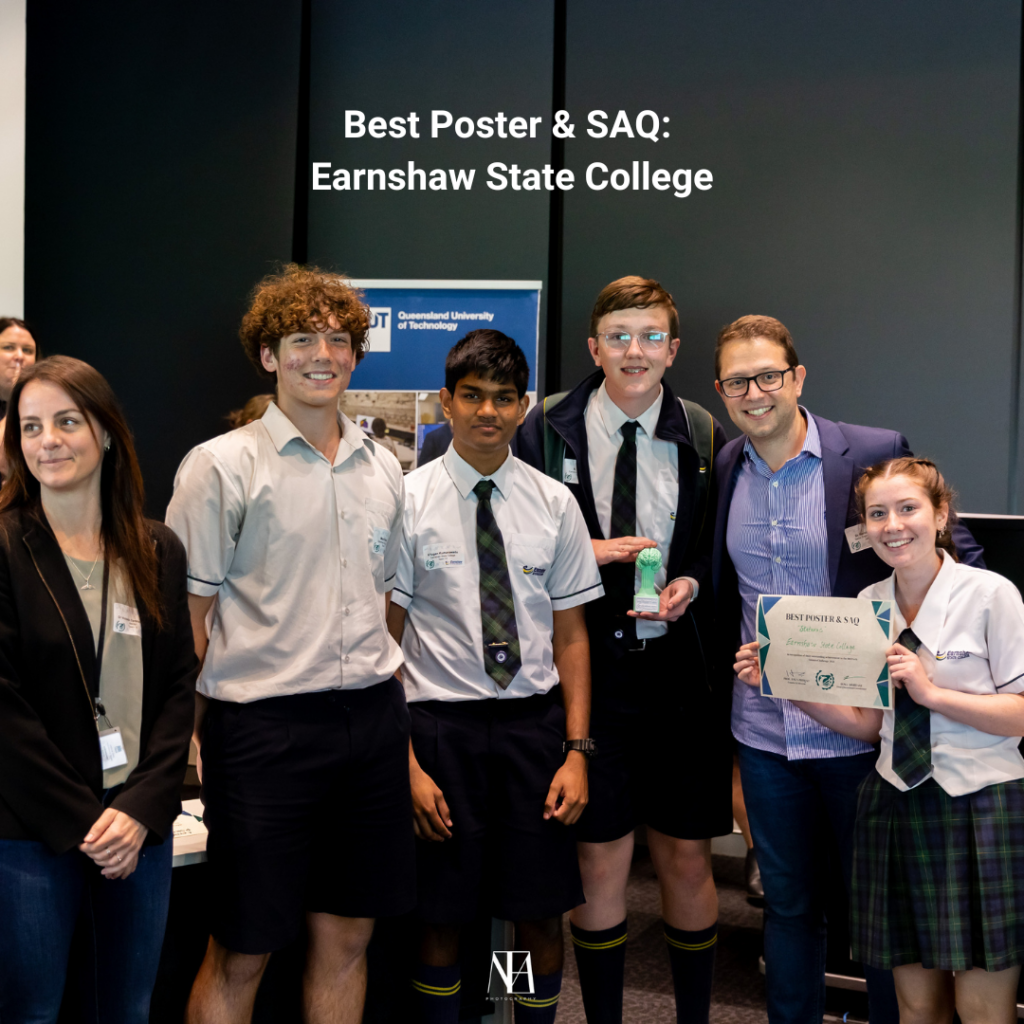On Monday, December 9, 2024, Queensland University of Technology (QUT) hosted the Biomechanics Think Tank event, bringing together leading researchers, industry experts, and academics to explore new opportunities in biomechanics research and collaboration. The event, held at QUT’s Kelvin Grove campus, was organised by the ARC Training Centre for Joint Biomechanics in collaboration with the Centre for Biomedical Technologies.
The morning session began with the arrival of the smaller biomechanics team, including notable attendees such as Prof. Peter Pivonka, Dr. Saulo Martelli, and Dr. Jeff Bischoff, Sr Director of Biomechanics Research at Zimmer Biomet. The session kicked off with welcome remarks and an overview of the round table meeting, followed by a presentation from Dr. Bischoff on collaborating with industry. Discussions included current collaborations, grant opportunities, and potential projects from attendees.
After a brief morning tea, the focus shifted to expanding on ITTC-JB PhD projects, with presentations on inSilico clinical trials of orthopaedic implants, smart implants, and surgical planning simulators. The session provided a platform for in-depth discussions on future joint grant funding applications and other potential projects.
The afternoon session, held at QUT Kelvin Grove, featured a public-facing keynote by Dr. Jeff Bischoff. This was followed by 5-minute pitches from senior experts in South East Queensland (SEQ), who shared their vision for the future of biomechanics and strategic directions for QUT. The event concluded with a round table discussion, allowing participants to engage deeply with the ideas presented and collaborate on potential initiatives.
Special guests included esteemed orthopaedic surgeons, academics, and MedTech industry experts, highlighting the event’s significance in promoting biomechanics research funding and collaborative project opportunities in SEQ.
The collaboration between QUT and Zimmer Biomet is particularly significant as it bridges the gap between academic research and practical industry applications. One notable example of this collaboration is the development and validation of the MyMobility™ app, which integrates with the Apple Watch to monitor range of motion (ROM) in patients. This innovative tool has been validated by Zimmer Biomet, enhancing patient care by providing real-time data and personalized insights. Such collaborations not only advance biomechanics research but also translate these advancements into tangible benefits for patients, demonstrating the impactful synergy between academia and industry.
QUT continues to be at the forefront of biomechanics research and education, with significant contributions from the QUT-Sealy Centre for Biomechanics and Sleep Research. The extension of the ARC Training Centre further positions QUT to make greater strides in biomechanics, benefiting both academia and industry.
